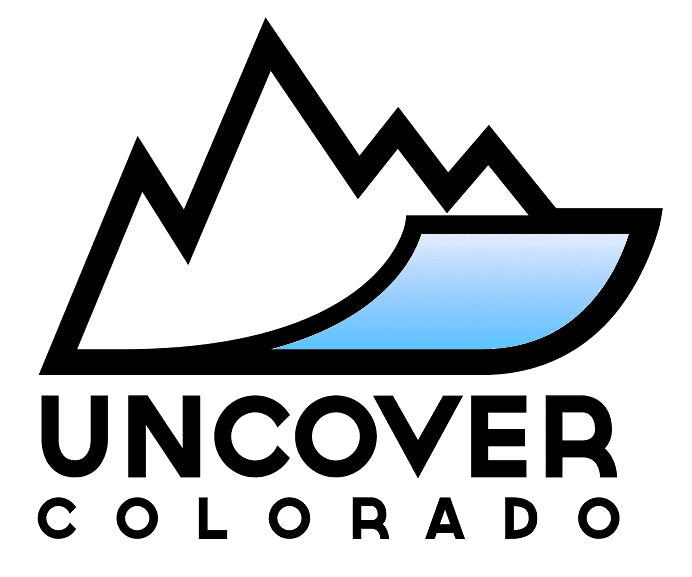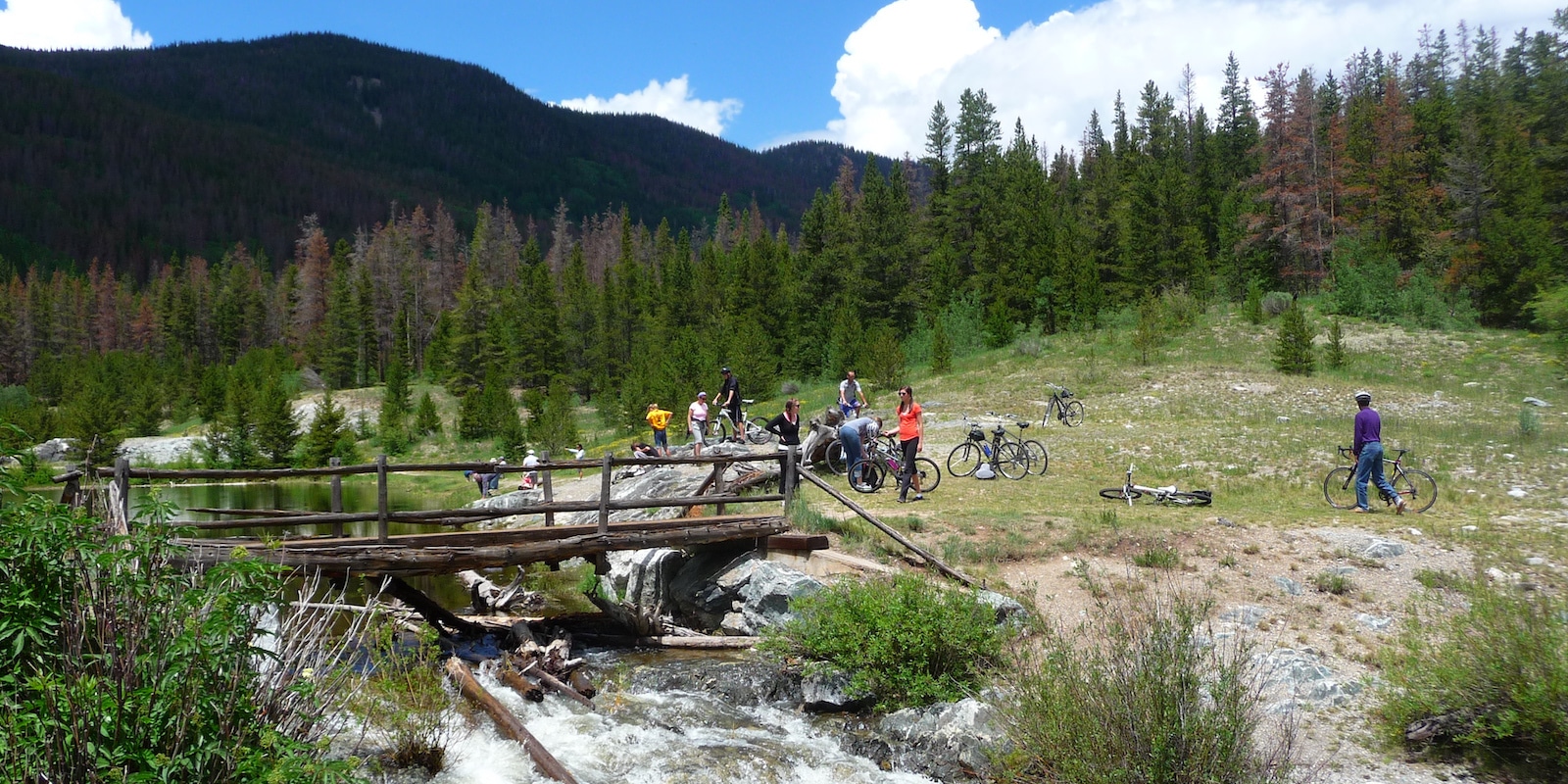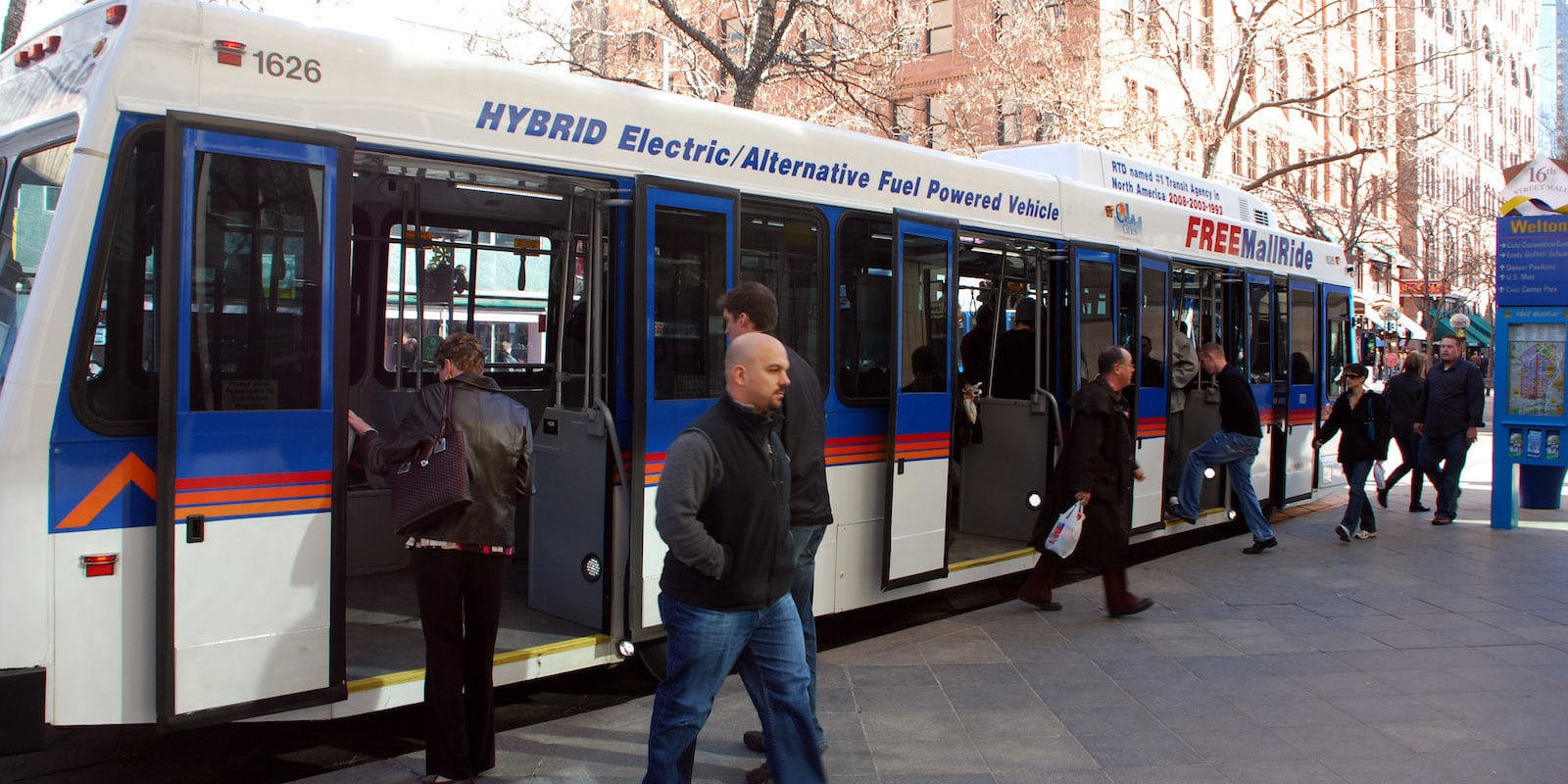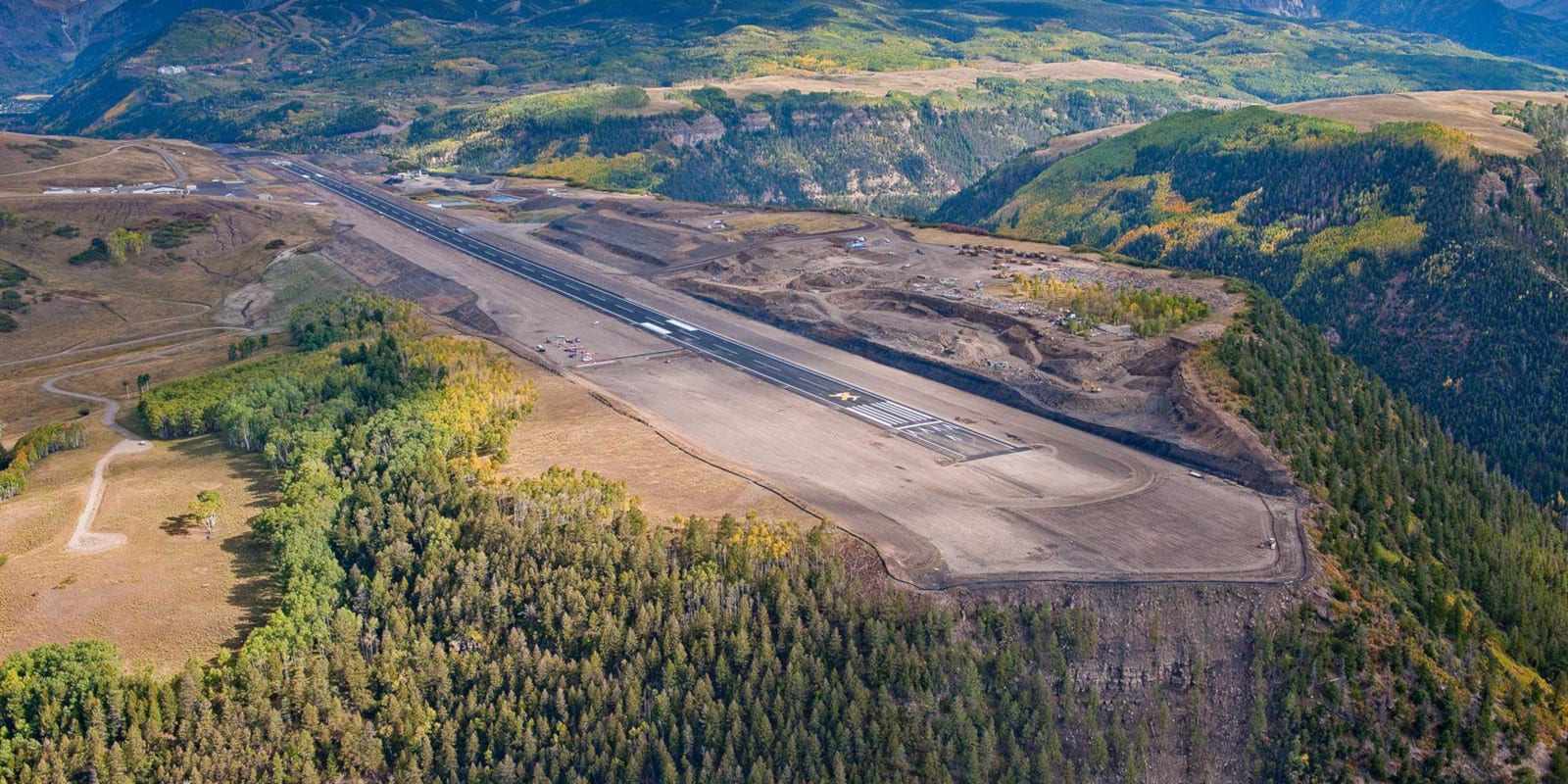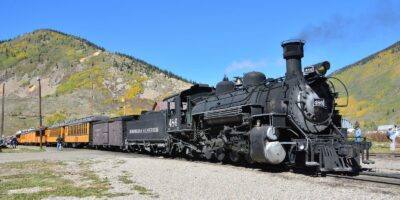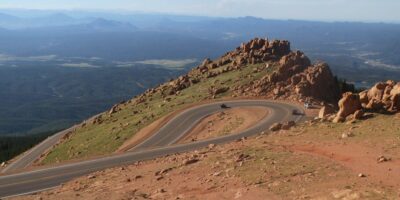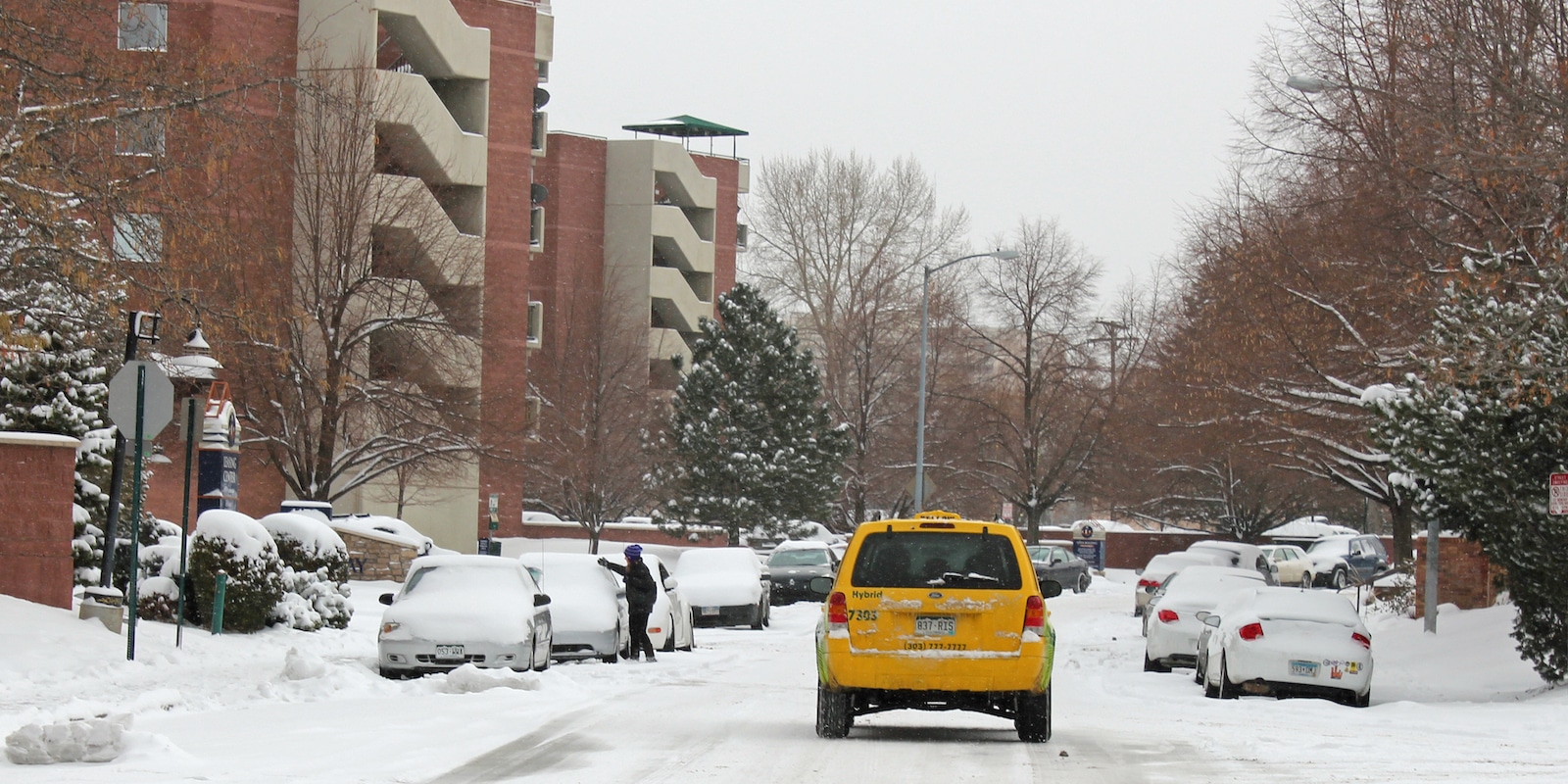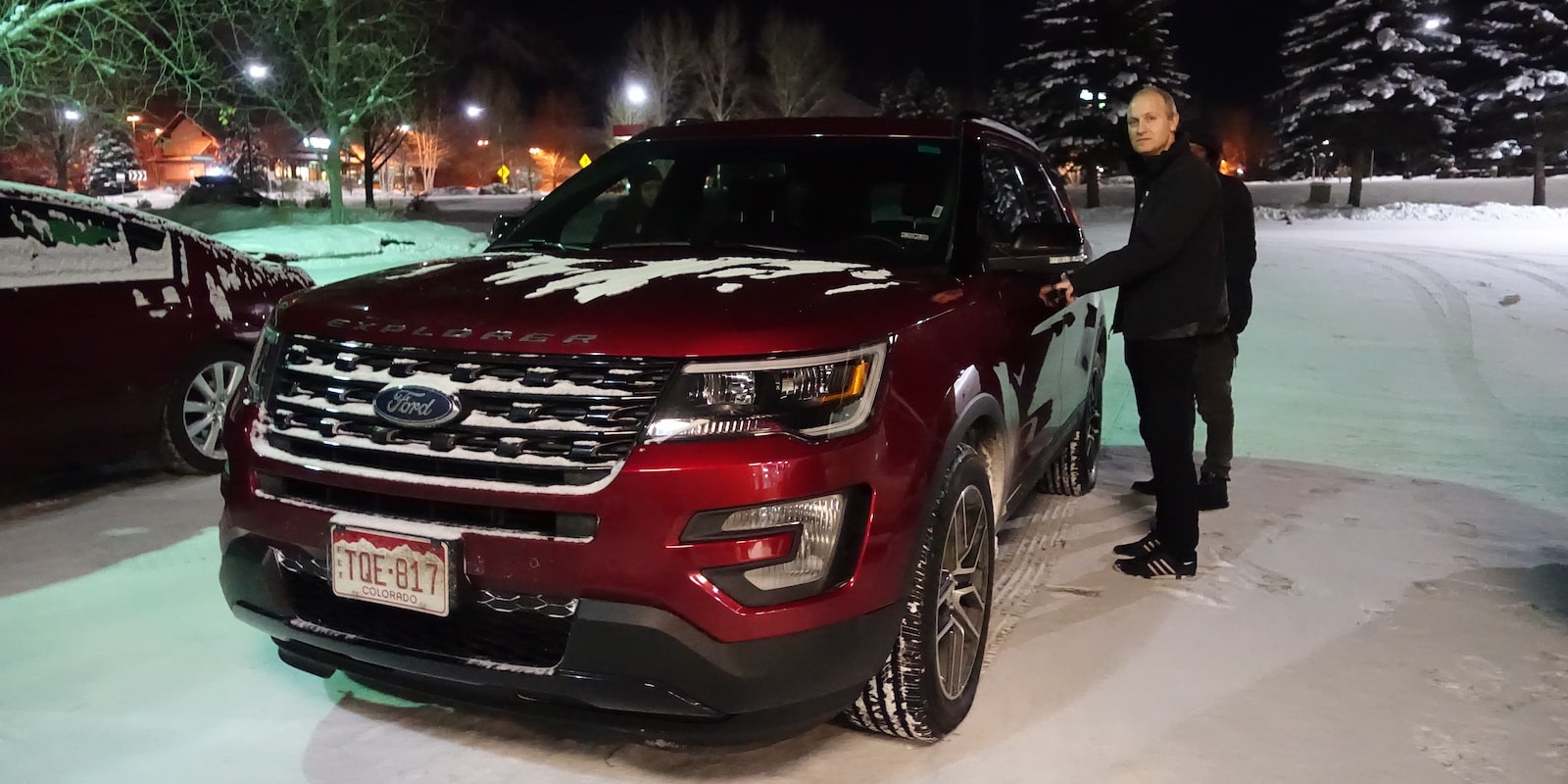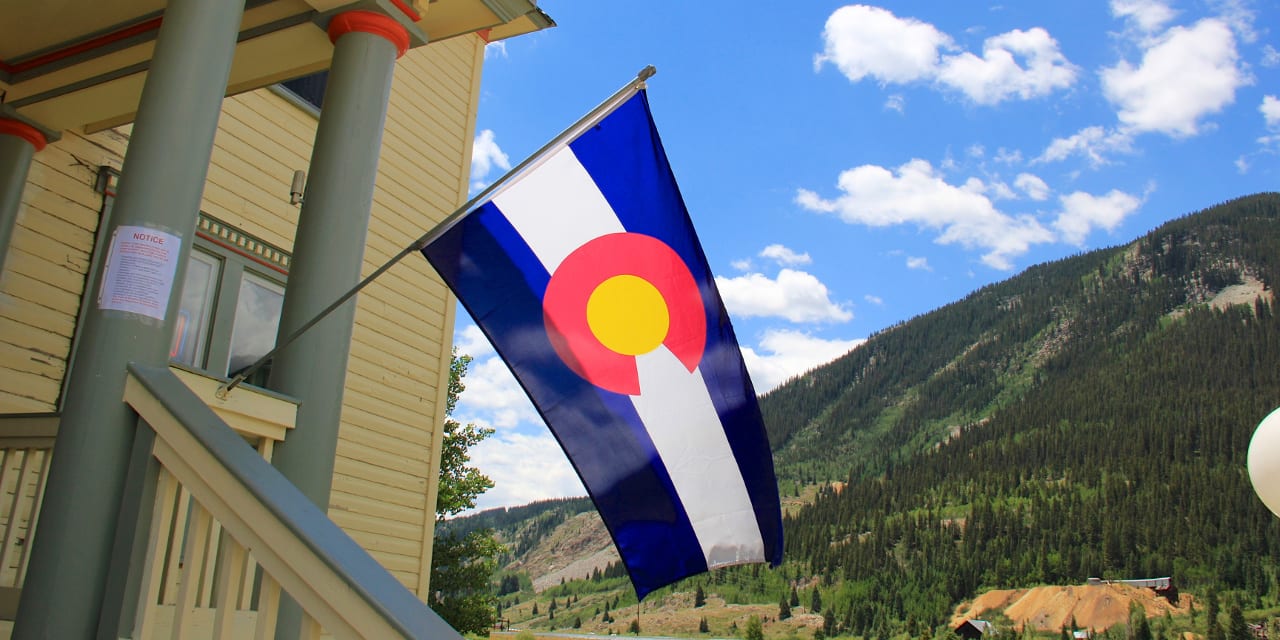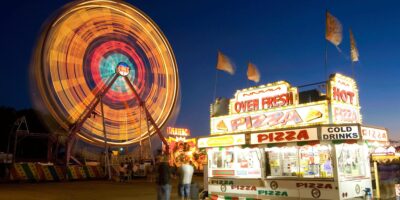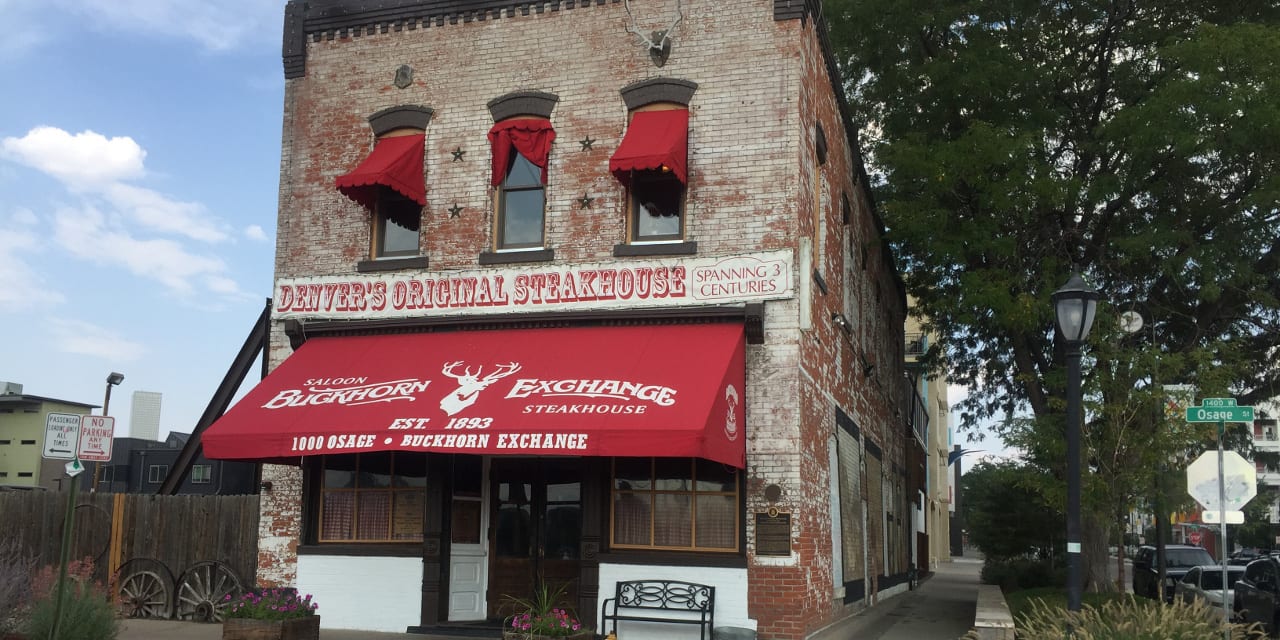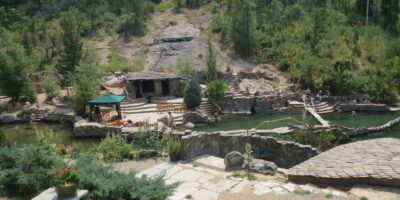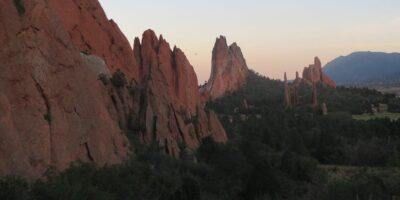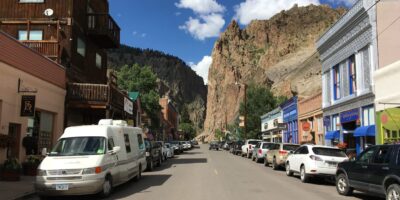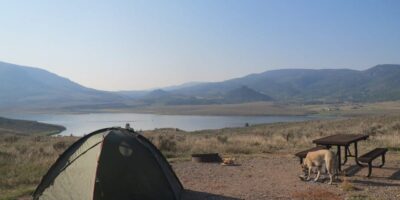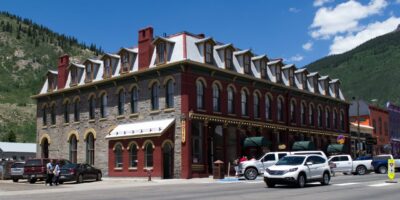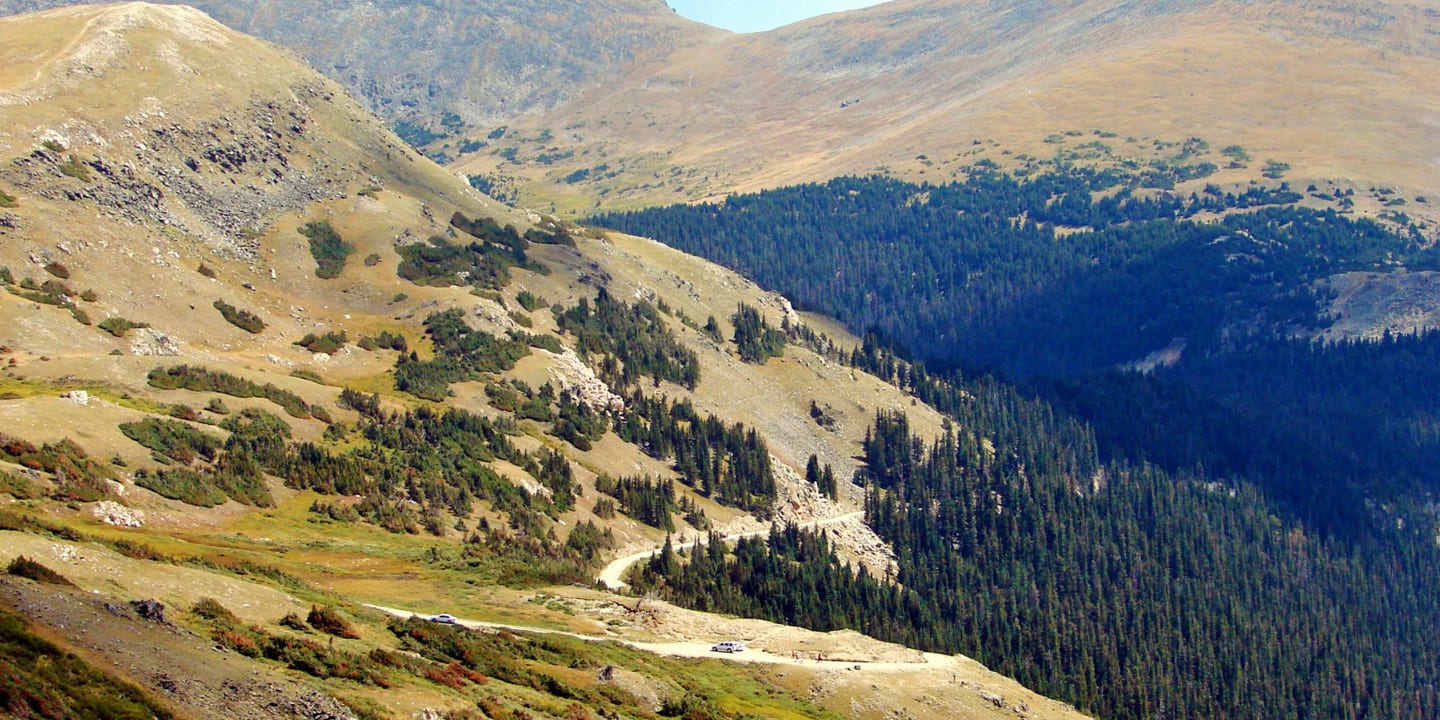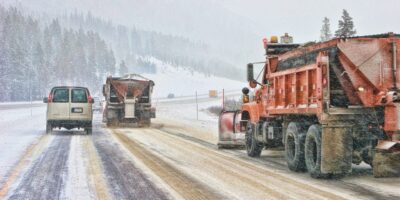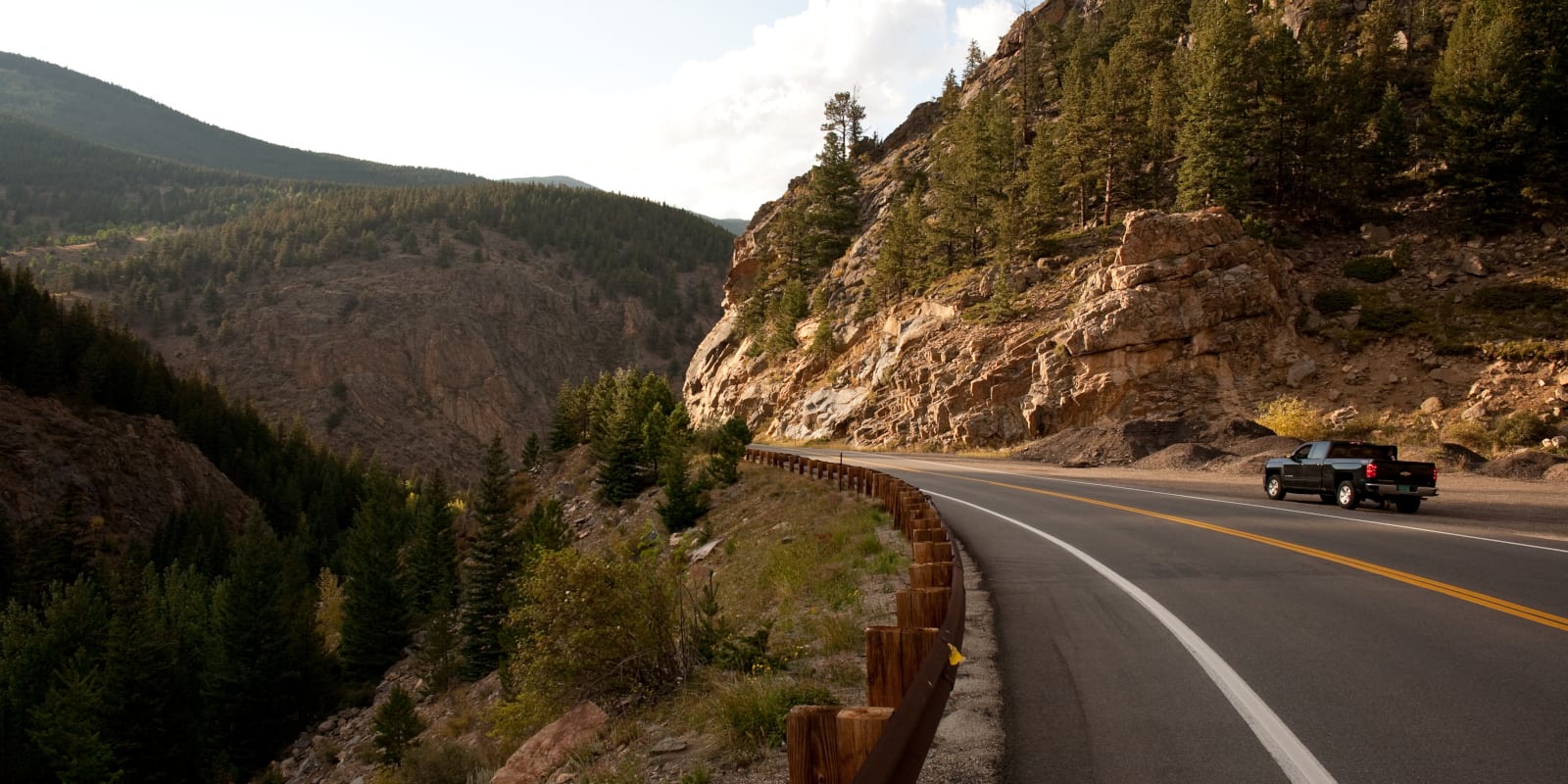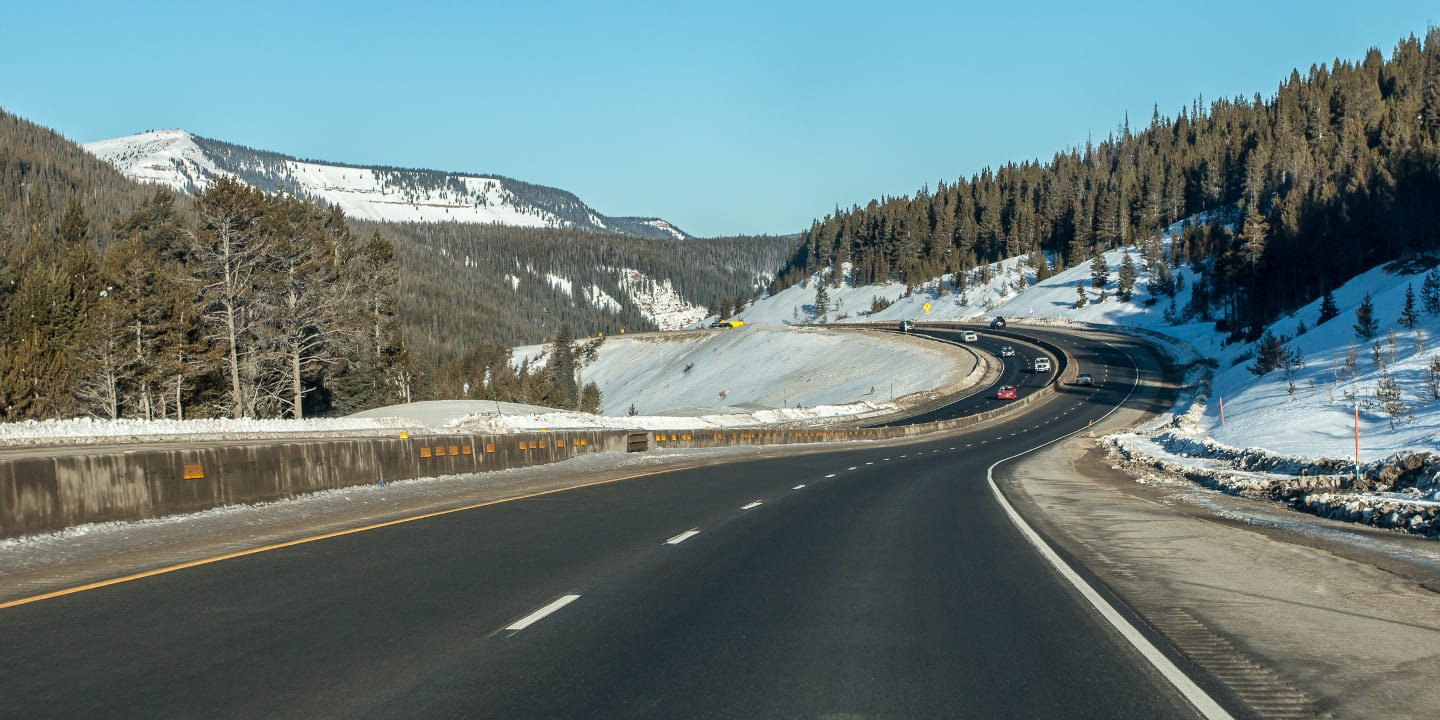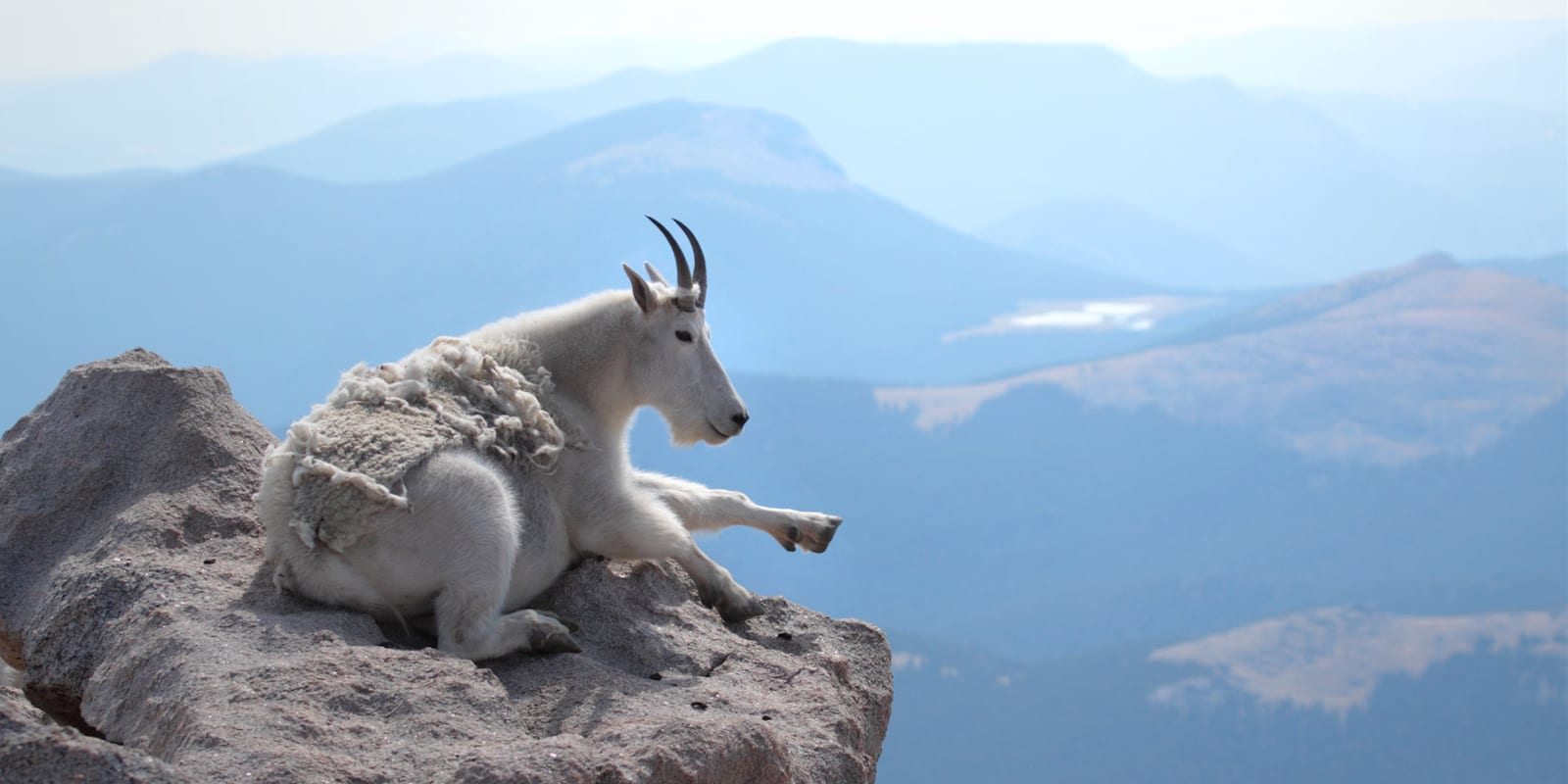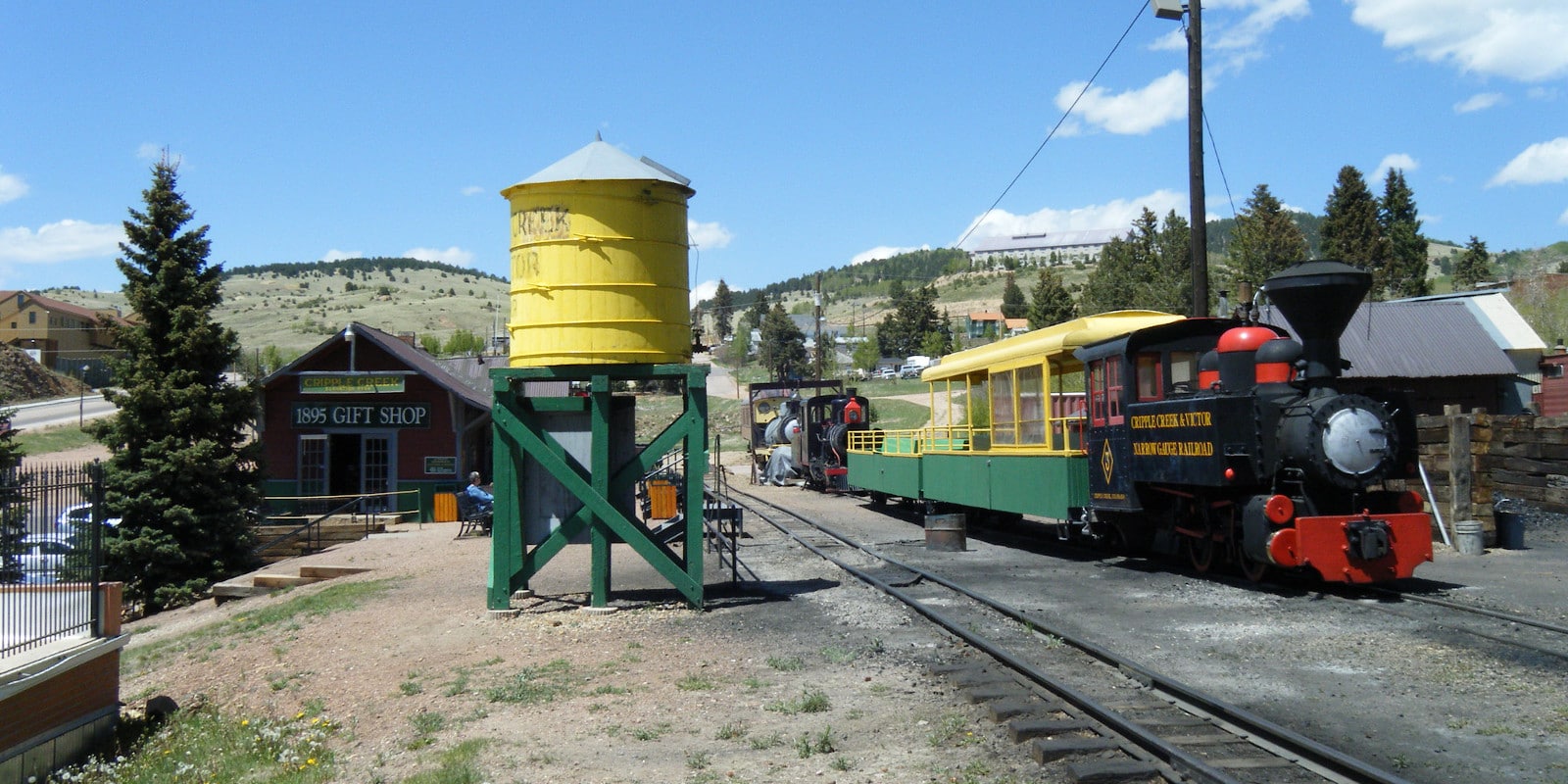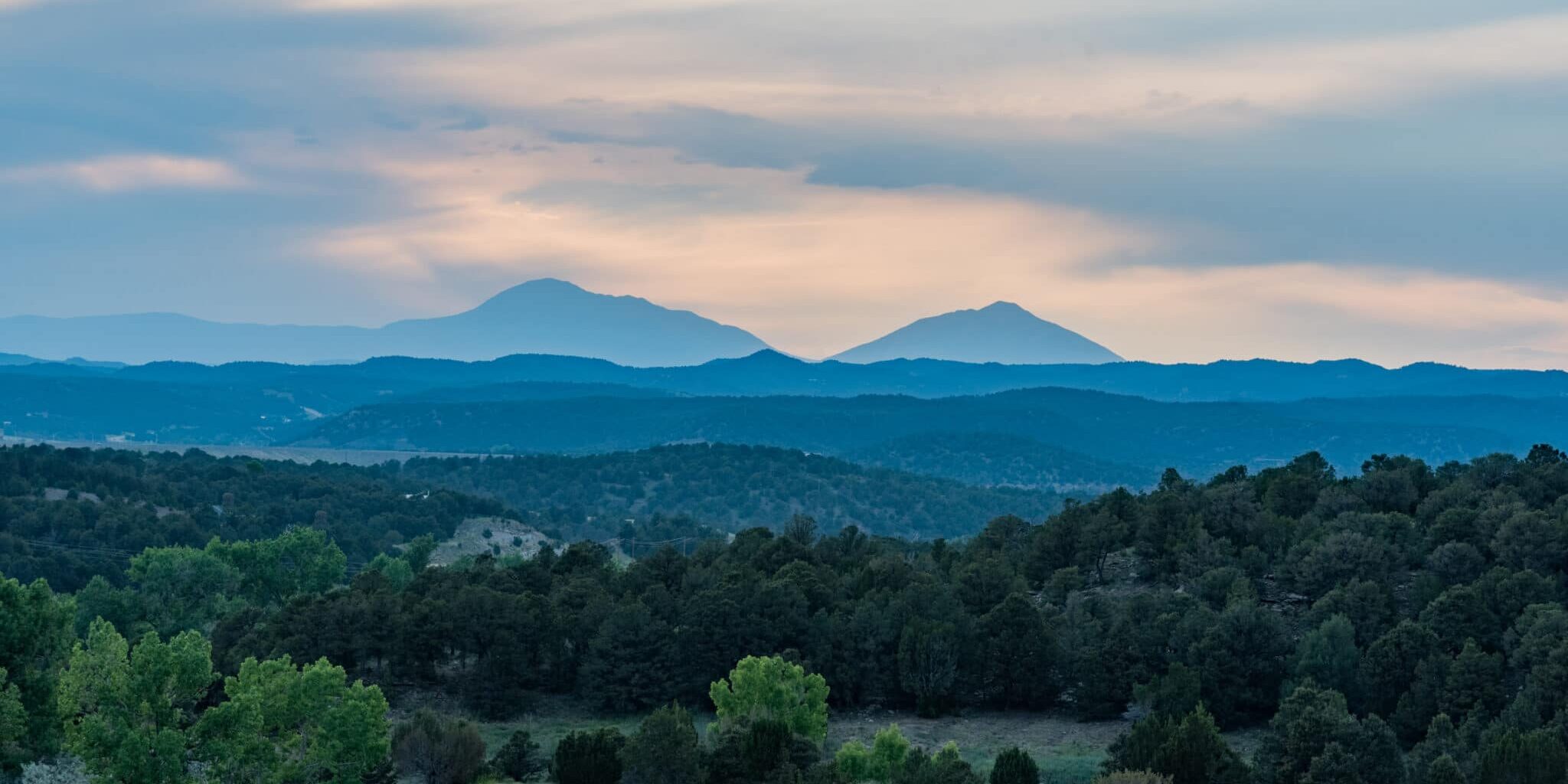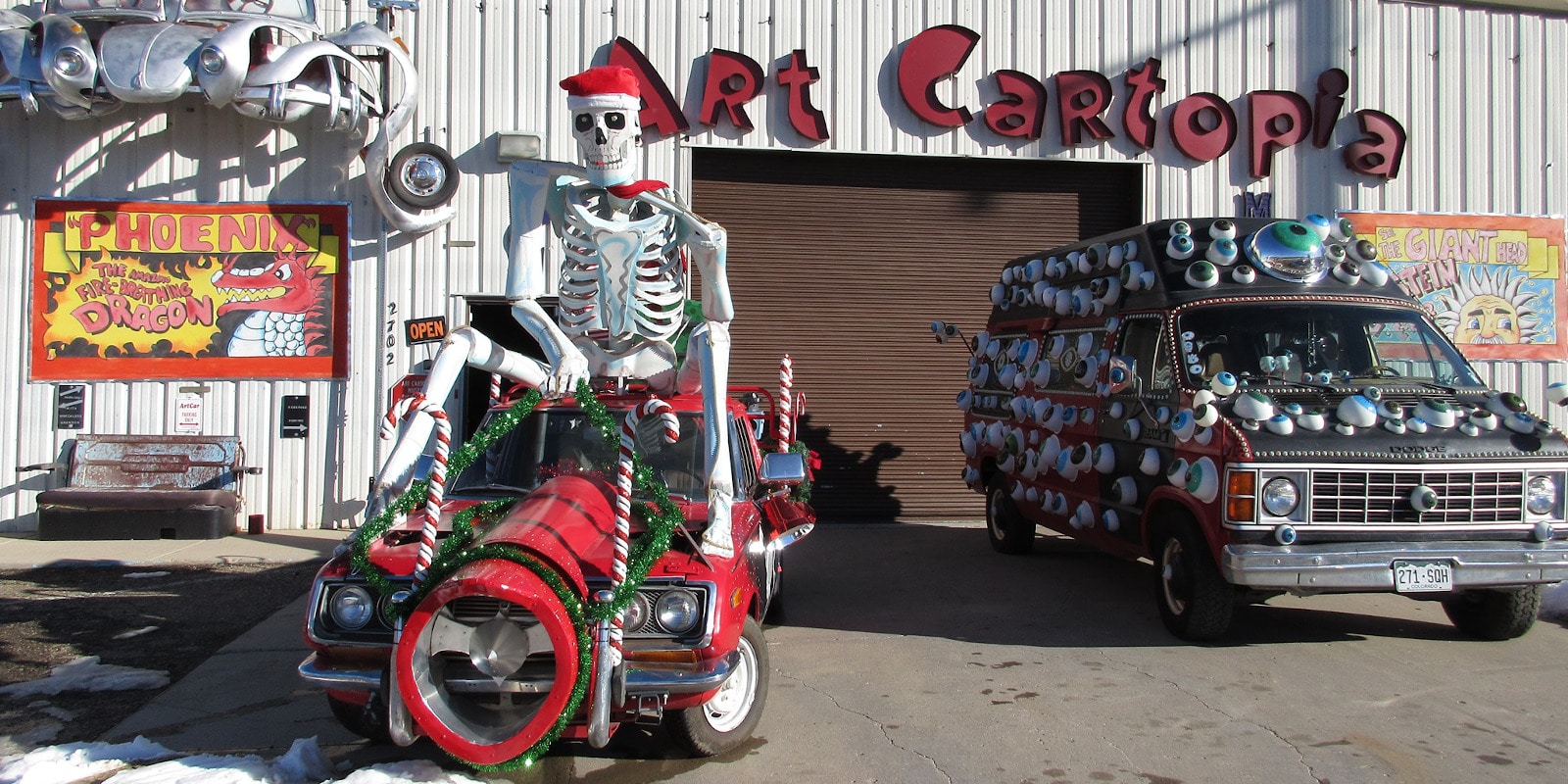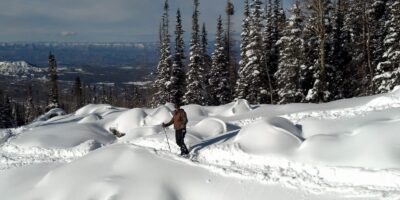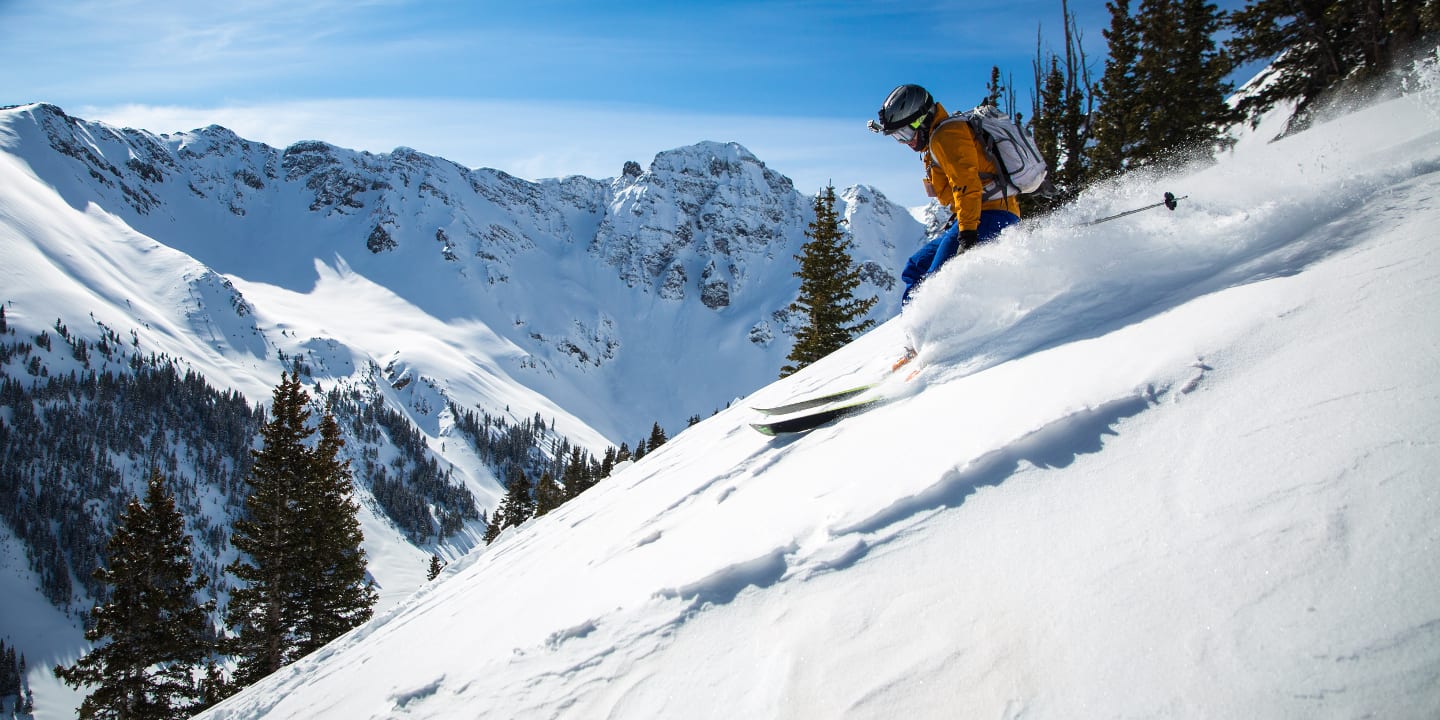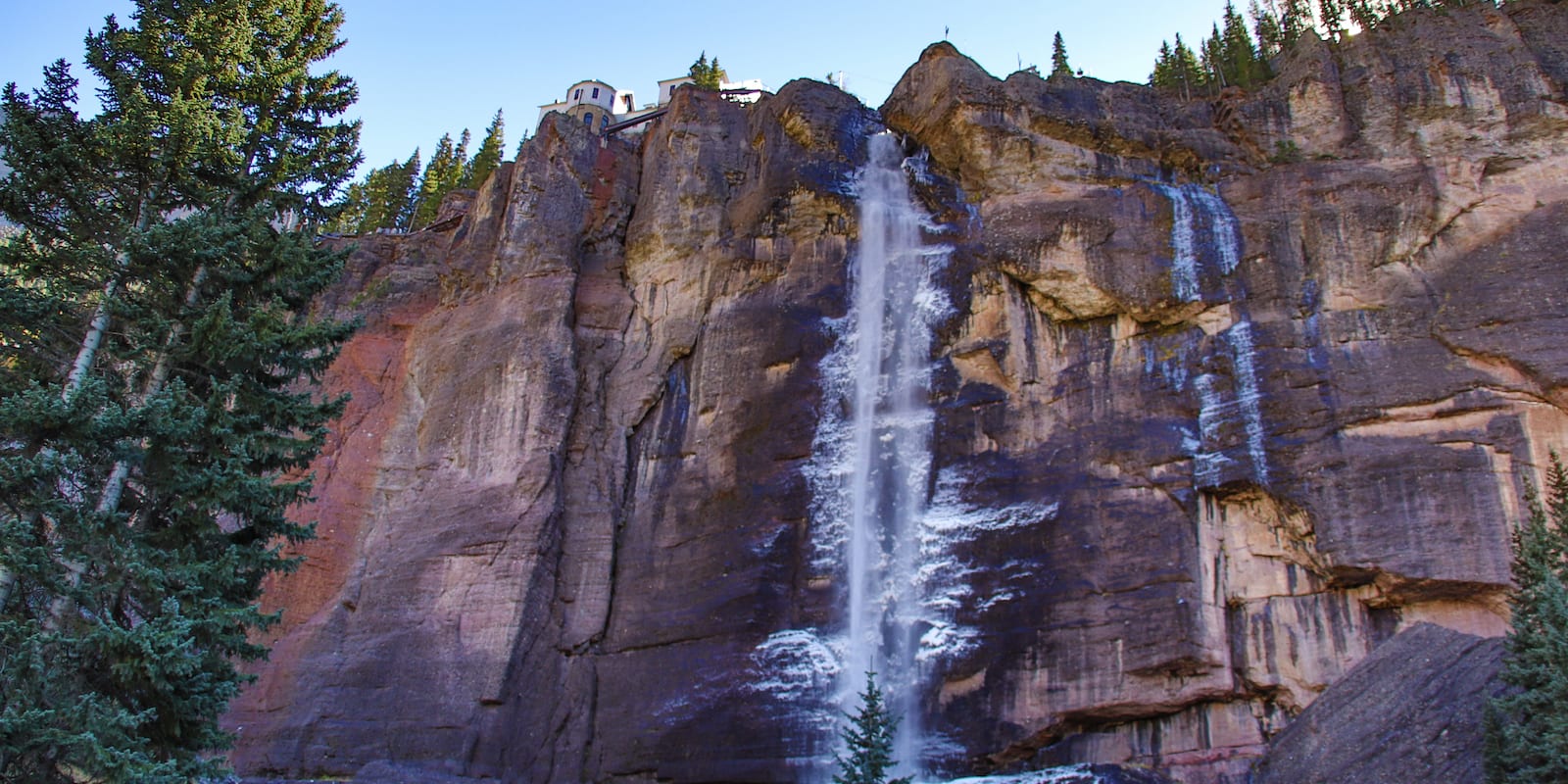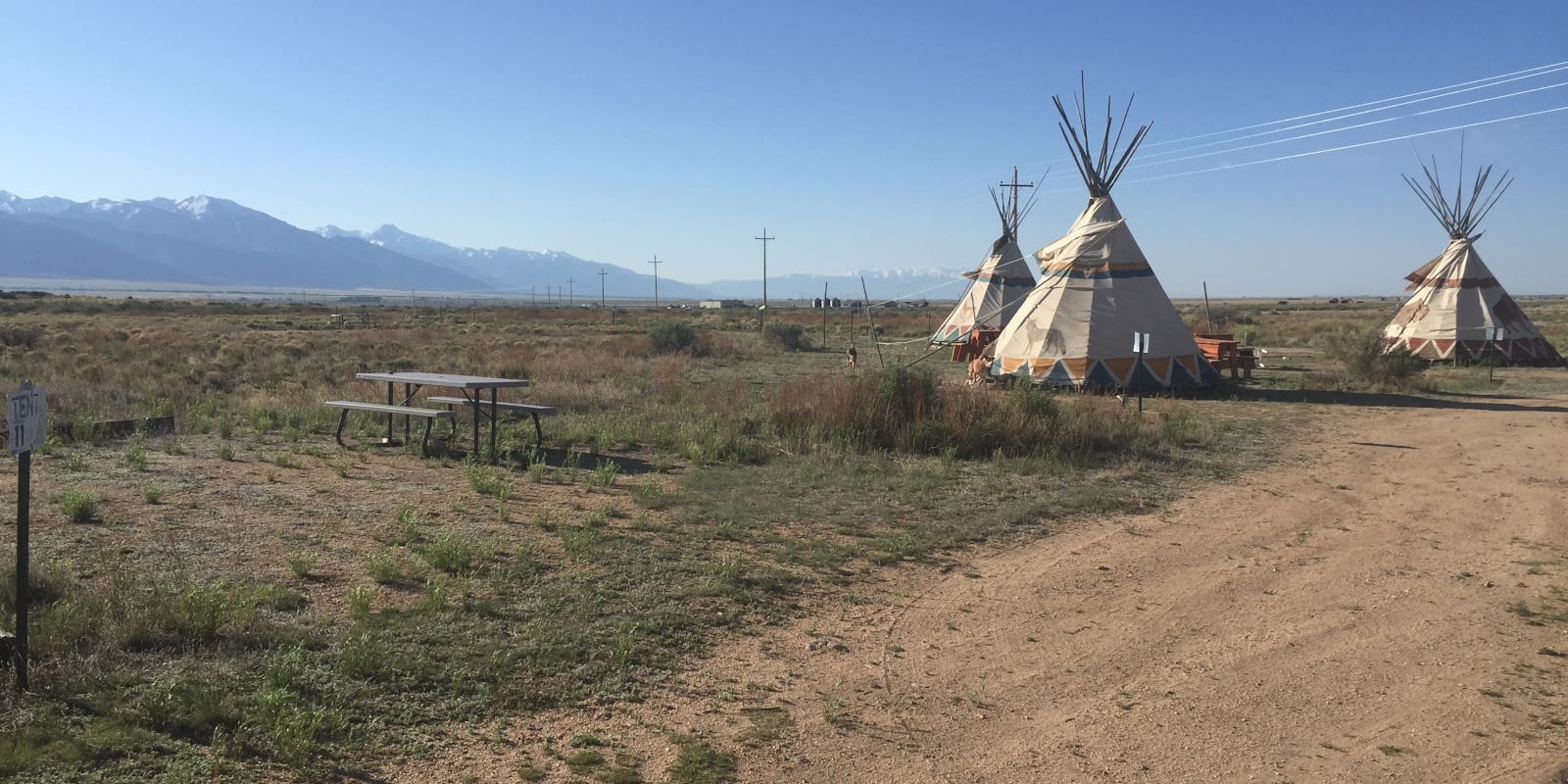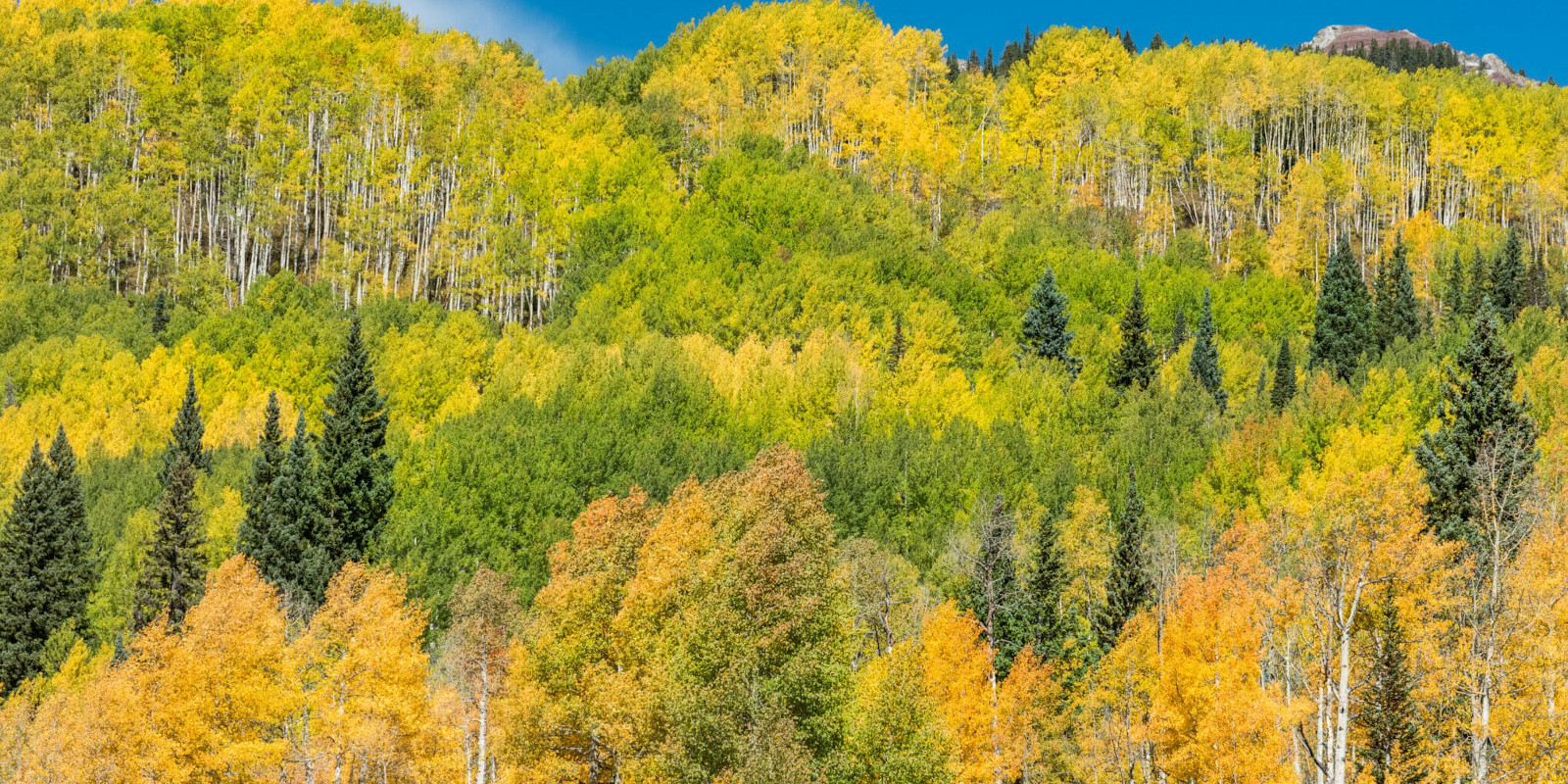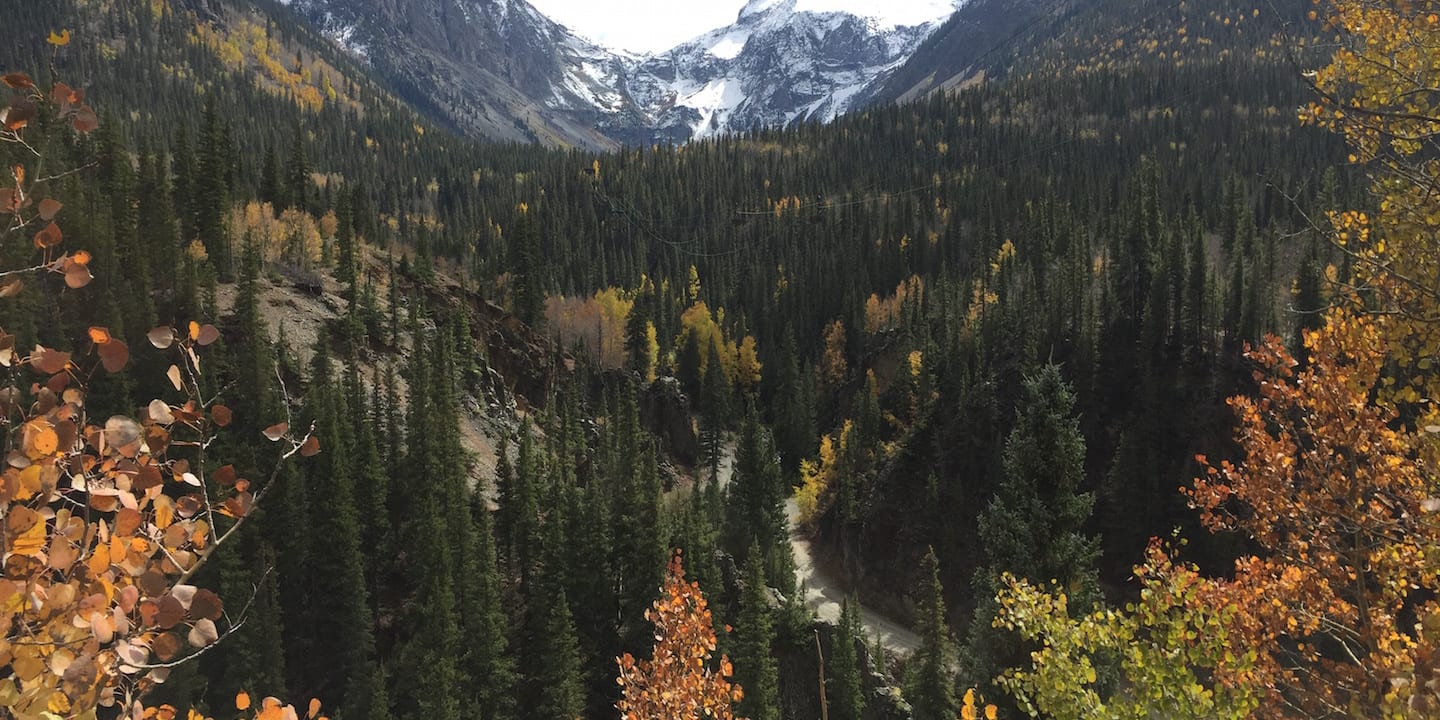The Centennial State is bursting with fun things to do and see. Narrowing in on the right Colorado trip ideas and vacation spots can be a daunting task. Luckily, you can’t go wrong, it’s all pretty cool stuff to discover with the Rocky Mountains in Colorado’s backyard.
Travel by Planes, Trains, Buses and Automobiles
There are thirteen commercial airports presently operating flights in Colorado. Other options for local transportation include trains, buses, and automobiles. You can reserve a seat in a shuttle, hail a taxi or ride-sharing vehicle, or rent a car and go on some scenic drives.
What To Do and Where To Go
Aside from a lack of oceanfront, Colorado has a magnitude of things to see and do, from high-elevation mountains to colorful cities. While there are certainly the peak summer and winter seasons, any time of year has something extraordinary to uncover. Add in Colorado’s sunny outlook and dry climate, and there’s a lot of opportunity to seize the day.
Find Your Accommodation
Once you’ve secured a safe and comfortable place to lay your head at night, Colorado is your playground. And, with some cool and unusual accommodations, from historic hotels to mountain cabin rentals, there’s a lot of fun and memories to be had right in your abode. It’s also one of the best states to camp in, with the main season running from late May through September, though you’ll find some year-round campgrounds.
Travel and Driving Tips
Most folks start in Denver, Colorado, a fast-growing capital city, boasting around three million residents in the greater metropolitan area. It’s located in a stretch of the Great Plains at the edge of the Rocky Mountains, known as the Front Range Urban Corridor, from Fort Collins south to Pueblo. From here, it’s a large state to drive with plenty of places to go and see.
Year-Round Featured Colorado Trips
This mountainous state has so much terrain to cover, there’s something neat in all directions. With all the sunshine, it’s a very easy place to load up the car and go for a road trip at almost any time. We’ve scoured up a wide array of ideas for your next spur-of-the-moment trip or that long-planned vacation getaway.
Winter Featured Colorado Trips
Ski trips take center stage in the Rockies over the wintertime. The dozens of resorts welcome avid skiers and snowboarders on their chairlifts and gondolas to the top for some epic laps down. Luckily, the mountain towns have far more to do over the snowy months than just skiing.
Summer Featured Colorado Trips
“Come for the winters and stay for the summers,” can be said for just about any ski town in Colorado. The Rocky Mountains are an alpine paradise from May through September with terrific weather and long sunny days. Make the most of this short season of warmer days with some of our unique trip ideas.
Autumn Featured Colorado Trips
By September the hints of autumn approach and in the highest elevation spots below the tree line, the leaves begin to fade. It typically starts in late summer, around early to mid-September in the high country. It has all but wrapped up by October, and a month or so later down on the Great Plains. Check out some of the fall foliages on these colorful trips.
Welcome to Colorado! Learn the lay of the land
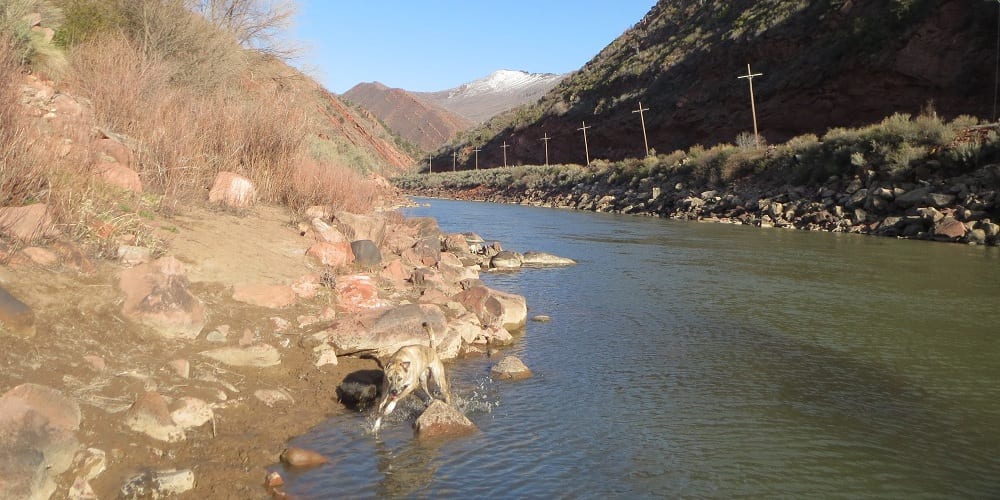
Colorado’s a big state, the eighth largest in terms of square miles at 104,094. It’s also a diverse state geographically, ranging from grassland plains to alpine tundra.
There are five physiographic provinces in Colorado. Each is unique in natural landmarks. They are divided by changes in the landscape. Often tourists consider Colorado all mountains, or all mountains plus Denver.
The physiographic provinces in Colorado include the:
- Great Plains
- Southern Rocky Mountains
- Colorado Plateau
- Wyoming Basin
- Middle Rocky Mountains
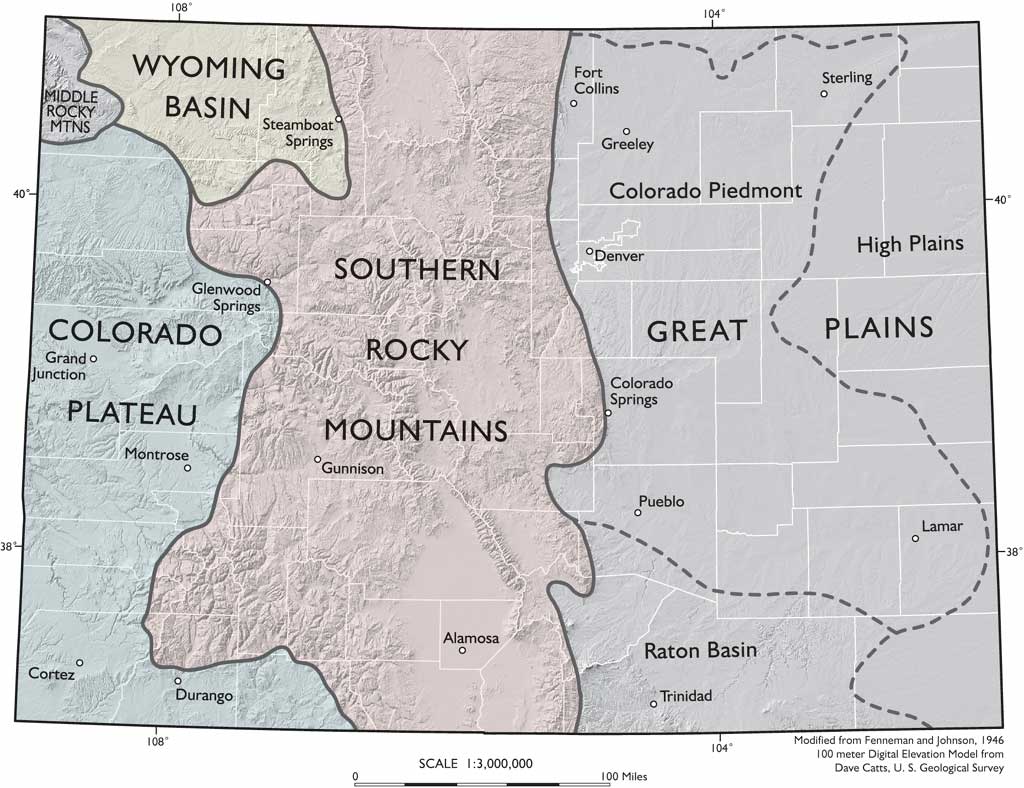
However, during casual conversation, most Coloradoans refer to Colorado in 4 general regions, listed below from east to west. From here there might be a further distinction to a particular area within the bigger region, such as Southwest Colorado or the San Juan Mountains for the same area in the Rocky Mountains.
Eastern Plains
The Eastern Plains begin at Kansas or Nebraska and run west to the area known as the front range, a narrow north-south strip of the largest cities where the majority of the popular lives. The plains are quiet and the towns smaller. The Eastern Plains are all part of the Great Plains.
Some of the bigger named cities in the Eastern Plains include:
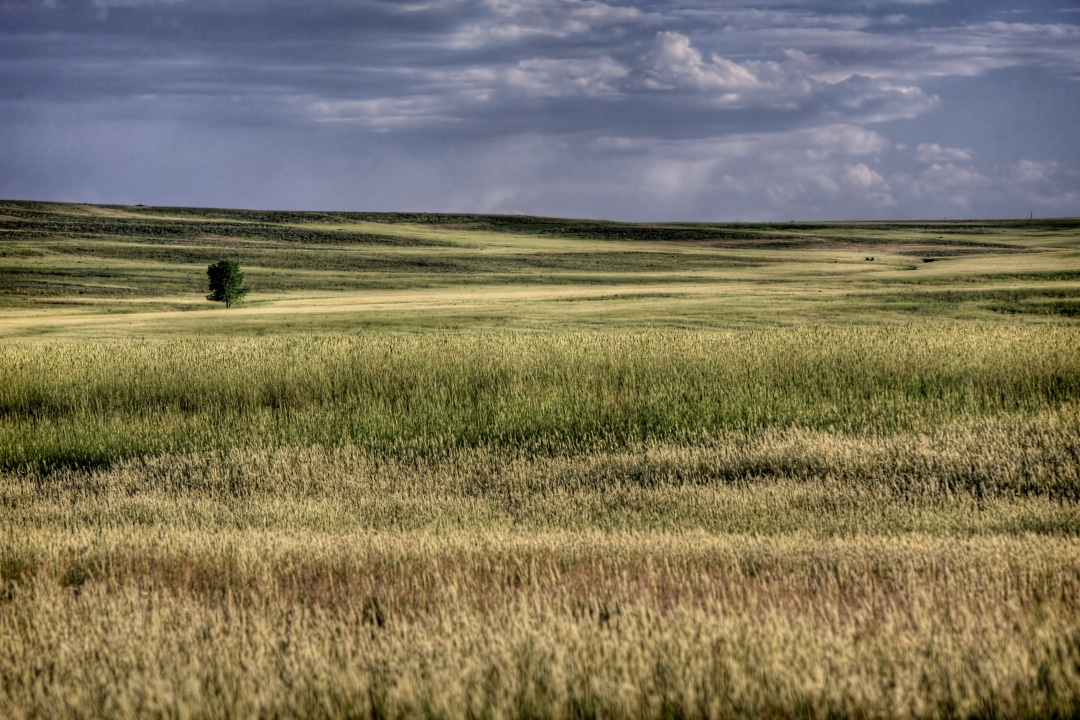
This area ranges from 3,315 feet of elevation at its lowest point near the Kansas border, to around 5,000/6,000 feet as the high plains climb up the Rocky Mountains. It’s a dry high desert landscape, with agriculture as the main economy.
Front Range (Urban Corridor)
The term “front range” really means two different things in Colorado. It’s both the biggest cities at the edge of the mountains like Denver and Colorado Springs, which reside on the Great Plains. These cities are just west of the Eastern Plains distinction above. However, the Front Range is also referring to the mountains on the east side of the Continental Divide, known as the Front Range Mountains.
The largest towns on the plains region of the Front Range Urban Corridor include:
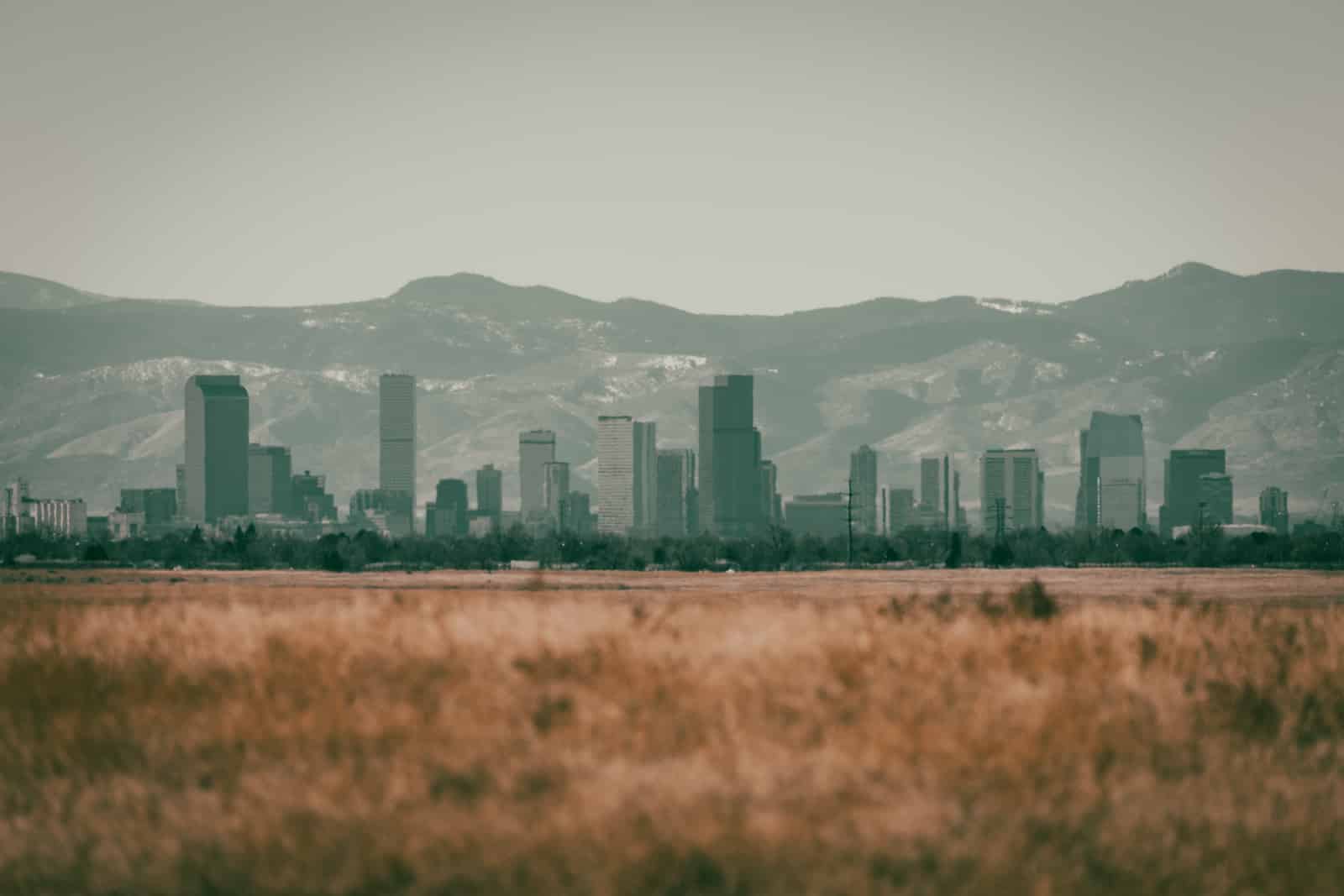
This is really named the Front Range Urban Corridor and spans from Casper, WY south to Pueblo, CO. These towns lie on the Great Plains, along the edge of the Front Range Mountains. This is what most people are referring to when they use “front range” in conversation, towns at the base of the Rocky Mountains, north and south of Denver.
Most people arrive in Colorado via the Denver International Airport on the Front Range Urban Corridor. They fly completely over the Eastern Plains, with a seldom few driving east to explore. That leaves the Front Range as the most visited, with tourists flocking south to Colorado Springs or north to Boulder.
Nearly every traveler comes to Colorado with the mountains in mind, so from Denver or Colorado Springs, people generally head west. Then, the further remote into the Rocky Mountains you get, the less crowded it is.
Southern Colorado/Base of Sangre de Cristo
After the front range mountains end by Pueblo, the Sangre de Cristo Mountains pick up in Southern Colorado and continue into Northern New Mexico. The towns at the eastern base beside I-25 include Colorado City, Walsenburg, and Trinidad. They are part of Southern Colorado and perhaps mistakingly, lumped into the front range. The towns residing in the mountains and on the western side of the Sangre de Cristos are part of the next group, “The Mountains.”
The Mountains
If you’re not living on the front range somewhere, which the vast majority of Coloradans are (2/3), then chances are pretty good that you’re residing up in “The Mountains”, short for the Rocky Mountains. This vast landscape of peaks, forests, and high country ranges from the northern border with Wyoming south to New Mexico.
This includes a vast range of towns, which are based at varying elevations, usually starting around 6,000 ft and climbing up to 10,361 ft (3,158 m) in Alma, Colorado, Leadville is next at 10,152 feet (3,094 m).
Front Range Mountains
The whole front range would really span into the mountains on the eastern slope of the continental divide south until Pueblo. This area is the Front Range Mountains or Front Range for short. Heading south from here the Sangre de Cristo Mountain Range takes over as the Great Divide.
A few of the Front Range Mountain towns include (east side of the continental divide):
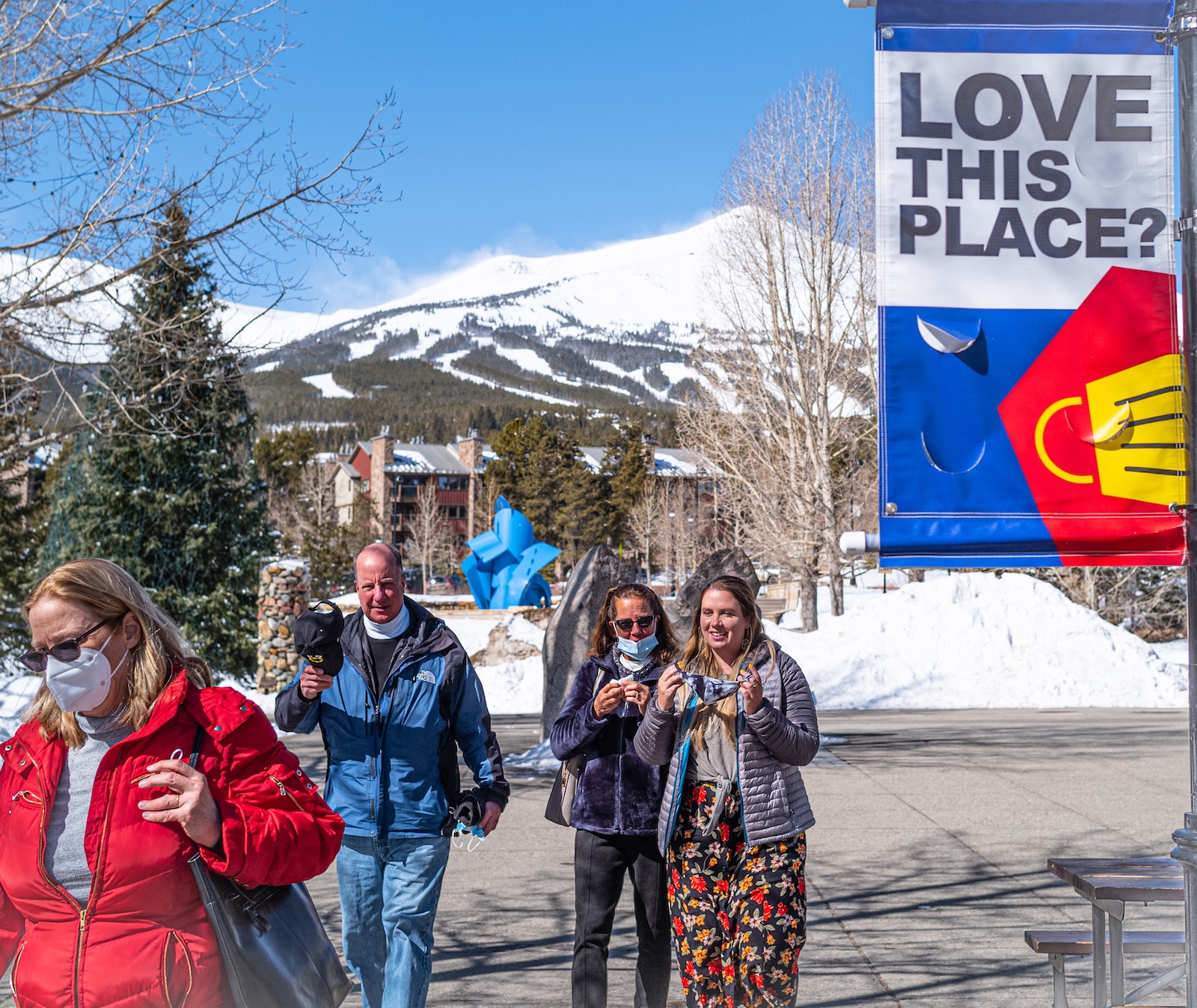
Rest of the Rockies
Some of the other best-known mountain towns outside the Front Range Mountain, such as those on the west of the Continental Divide, or south of the front range in the Sangre de Cristo Mountains.
Located on the western slope of the Divide, Summit County is less than 1.5 hours from Denver, making it the most popular tourist hub for the mountains, especially its county seat, Breckenridge.
A few of the biggest mountain ranges within the Colorado Rockies include:
- Front Range Mountains
- Sangre de Cristo Mountains
- Sawatch Range
- San Juan Mountains
There are many sub-ranges within the above, such as the La Plata Mountains within the San Juans.
Western Slope (Colorado Plateau)
Technically, the Western Slope includes any mountain towns located on the western side of the Continental Divide (water draining west). This overlaps with a good portion of towns listed in the aforementioned “The Mountains”, including destinations such as Summit County, Winter Park, Pagosa Springs, and Aspen.
However, when most locals say western slope, they are referring to the far west region around Grand Junction. It’s part of the Colorado Plateau physiographic province, seldomly called the Western Colorado Plateau or Western Plateau.
When locals say “western slope” most are referring to Western Colorado near these towns on the west side of the Southern Rocky Mountains, the same as Boulder and Pueblo would be on the east side:
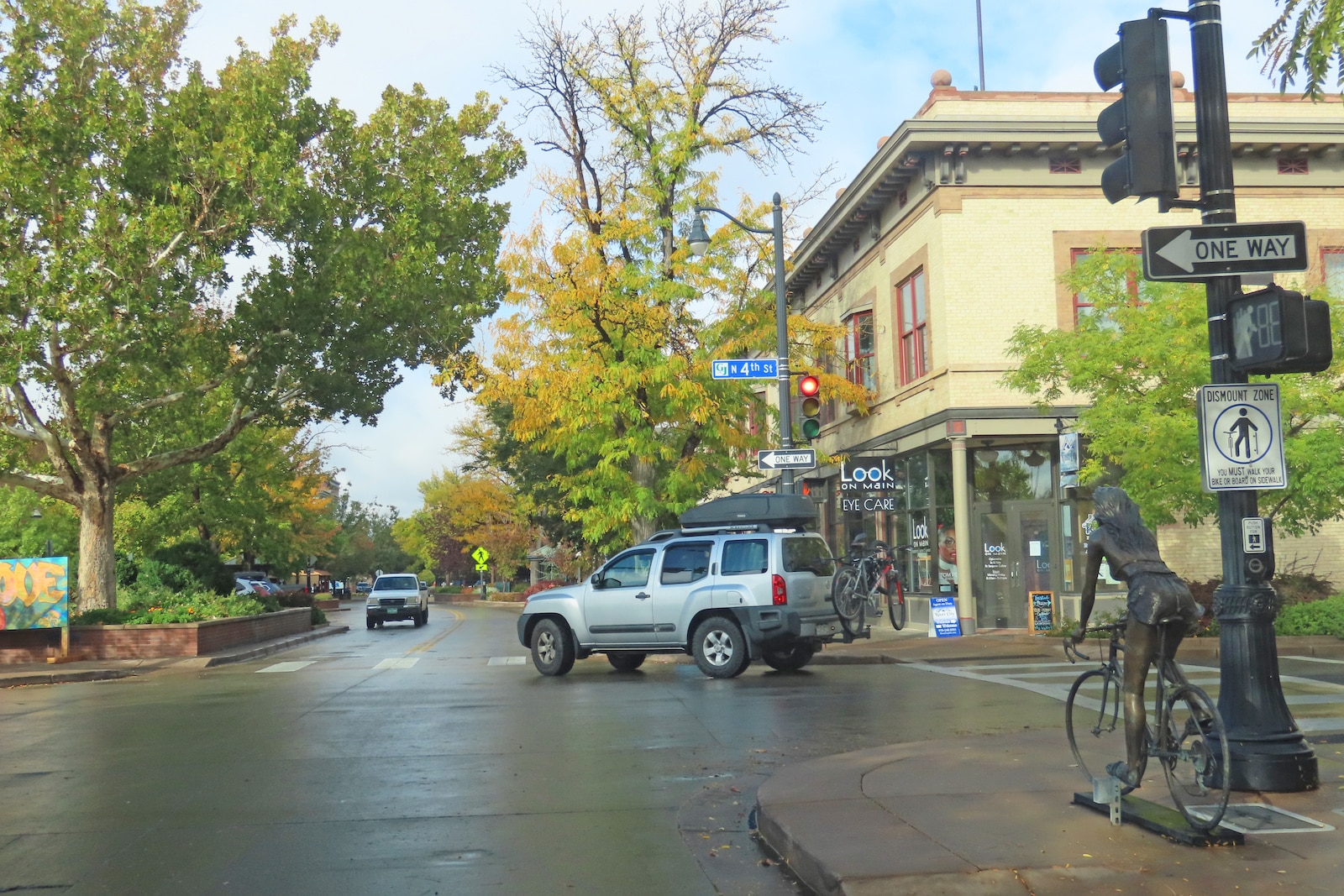
Thanks to Highway I-70 blasting through the heart of the state east-to-west, the mesas of the Western Colorado Plateau and Grand Junction are relatively easy to access in under 5 hours.
Major Landmarks in Colorado
There are a lot of ways to divide and section off Colorado based on topography and landmarks. Let’s look at some of the common lingoes of places and things you might hear about in Colorado.
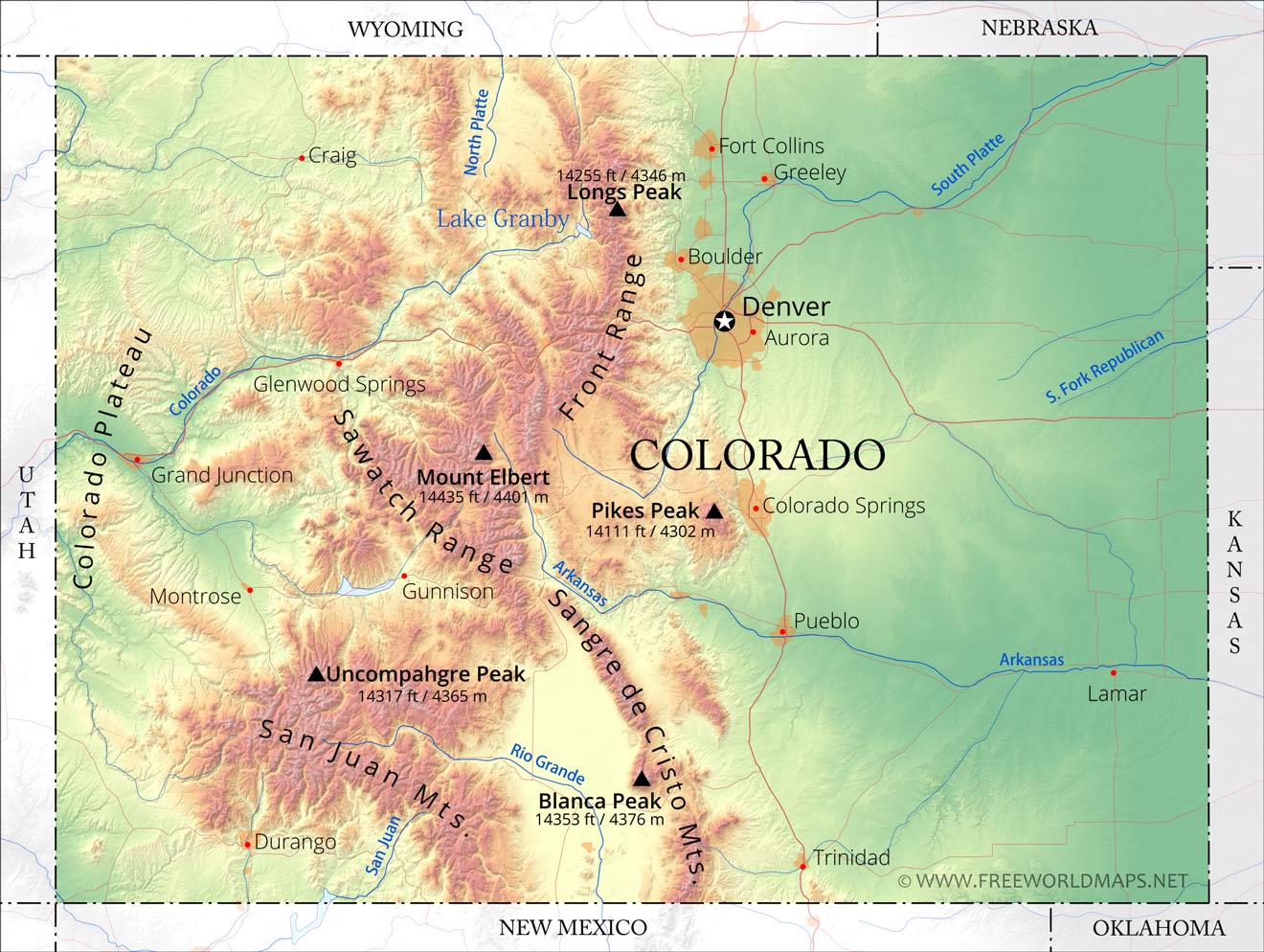
Here are some major landmarks in Colorado, in no particular order:
Continental Divide
This divides the Rocky Mountains between Colorado and determines whether the major rivers ultimately flow east or west. Will the water empty into the Pacific Ocean or the Atlantic?
Major Rivers
Affected by the side of the continental divide the waterway lies on, determines whether it will join up with a river heading west or east. There are countless creeks and river tributaries to the major rivers in Colorado.
Biggest Lakes
Colorado has hundreds of different lakes, some natural, and others manmade dammed reservoirs. Learn some of the biggest ones to get an understanding of where the aforementioned major rivers flow in and out.
Parks, Valleys and Basins
A park is a basin, which is a vast valley with a lot of lower land between mountain ranges. An example would be Middle Park, which contains most of Grand County. However, specific valleys can be within the greater park or basin. For example, the Fraser Valley (formed by the Fraser River) is located in southern Middle Park.
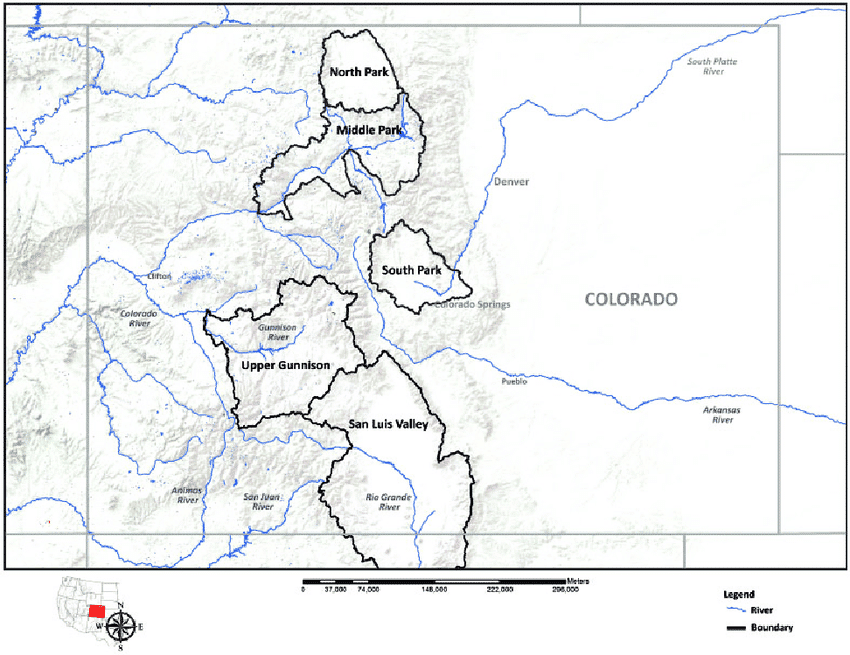
Here are some major parks and basins in Colorado, north to south:
- North Park – Within Jackson County
- Middle Park – Within Grand County
- South Park – Within Park County
- Upper Gunnison Basin – Within Gunnison County
- Sand Luis Valley – Within Alamosa, Conejos, Costilla, Rio Grande, and Saguache counties
Colorado Travel Tips and Ideas
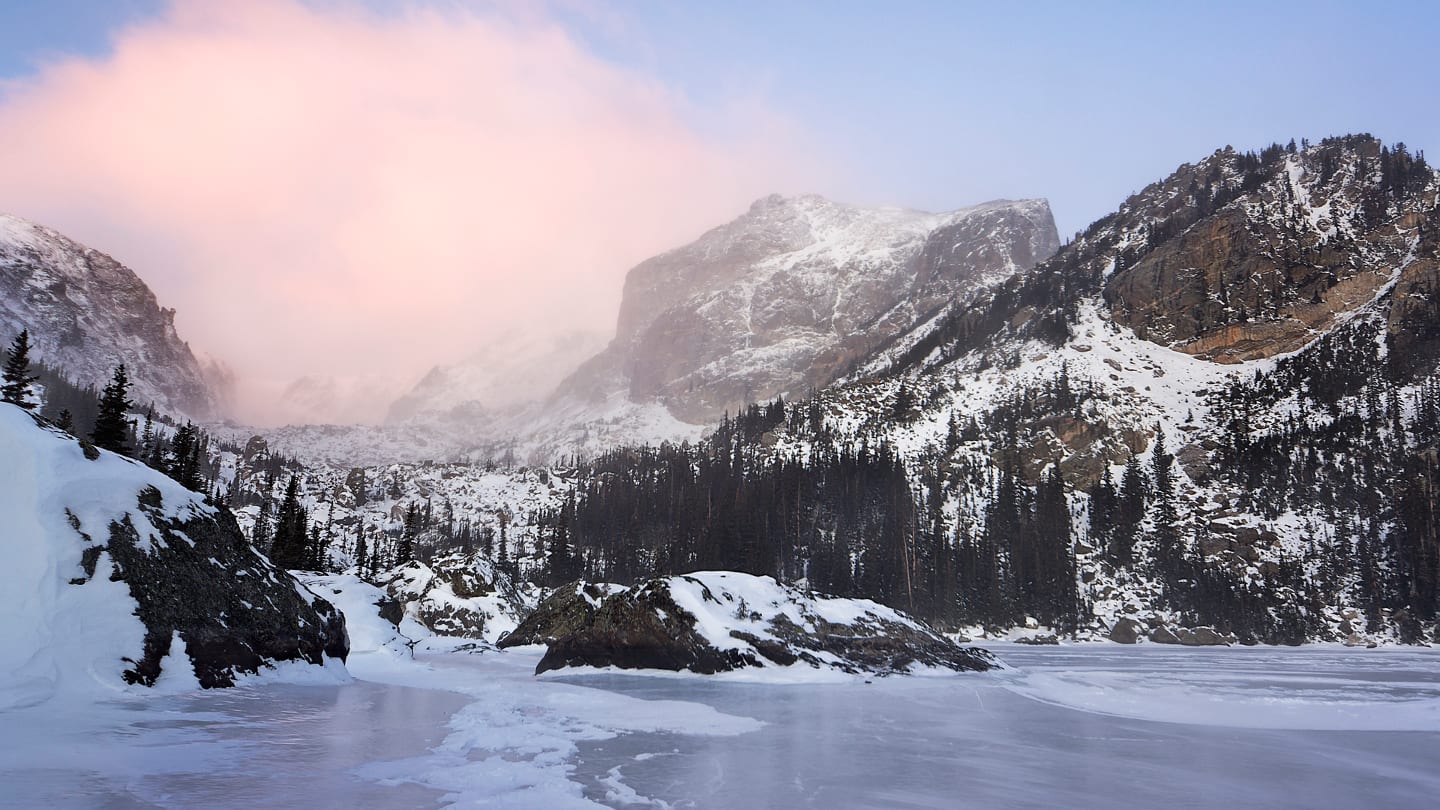
Colorado is a land that inspires. If you need some motivation to plan your trip, skim some inspirational travel quotes, and you’ll be packing in no time!
Vacation planning in Colorado can be a challenge because there are so many bucket list items. Naturally, it depends on the season you visit, on where and what you will do. Luckily, it’s always a delight to visit here and there’s stuff to do year-round. Look over these Colorado destinations for help picking the perfect vacation spot!
Uncover free things to do in Colorado
Join thousands of Colorado adventurists and receive your guide to free attractions in CO! Our email list is designed to help you live your Colorado life and uncover fun things to do.
We feature a range of travel planning resources, including activities, events, towns, hotels, dining, transportation, and local Colorado companies. Find specific activities and festivals, or explore towns to find local things to see and do. Browse hotels and dining to see if there are any cool places worth checking out. Transportation covers airports, trains, buses, etc.
Colorado Summer Vacation Ideas
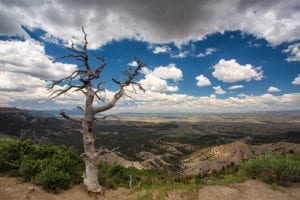
Despite its reputation for arctic-level winters, Colorado can get very hot during the summer. Temperatures of more than 100°F are heard of on the Front Range and Western Slope. It’s a dry desert heat so you’re not constantly sweating, however, it still can feel unbearable without A.C.
Most residents of the Front Range and lower-elevation towns cherish the Rocky Mountains as an escape. The highs in the mountains rarely exceed the 80°s, perfect for exploring. At night, temperatures drop quickly as the sun sets, and 40°s are common at high elevations. This is the season for exploring the Rockies’ vast collection of hiking trails.
Colorado Fall Vacation Ideas
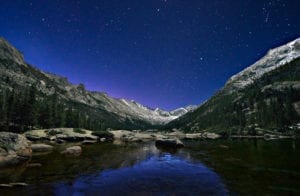
Fall’s a true in-between season, where you’re camping under the stars during the first half and skiing over that said campsite in the second. Enjoy those final days of warmth before the sporadic and consistent cool weather settles in by November.
Autumn colors begin at the highest elevation places first, usually sometime in early September. This lasts for several weeks in each region, generally starting earlier to the north, such as Walden and Steamboat Springs, and beginning later in the season further south in Pagosa Springs or Durango. By the end of October, most of the colors have turned and leaves have fallen.
Colorado Winter Vacation Ideas
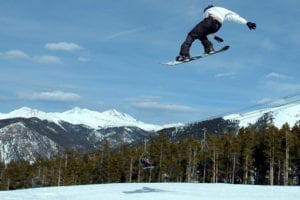
By the third week in December, it’s full-blown cold, and winter driving conditions are always to be expected. Snow’s usually in the forecast and if you’re looking for guaranteed powder and 100% open status on the trails, wait until January to plan your epic ski vacation. Head to Powderhorn or Purgatory to avoid crowds.
If you’re not the outdoor recreation type, consider a hot springs adventure. Aside from the trek to the mineral-filled pools, it’s an easy-going, luxury spa-type experience. There are dozens of hot springs around the state to choose from.
Colorado Spring Vacation Ideas
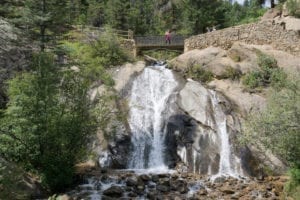
Locals love their snowy activities, however, even the most die-hard snowboarder secretly loves to bask in Colorado’s spring paradise. Waterfalls are raging from snowmelt, and the summertime activities are beginning to offer themselves. By May, camping, rafting, and hiking are common talk at the office coolers.
You can usually ski through the whole spring season with an Arapahoe Basin pass if it’s a good regular season. By the final days at most resorts in early April, pond skimming is popular.
It’s a hilarious impromptu or organized event where skiers and snowboarders will ride over ponds on the ski slopes formed from melted snow. Arapahoe Basin has the best pond skimming in Colorado, available while it’s during its last weeks.
Read about the top items for your Colorado bucket list.
Colorado Trip Packing Checklist
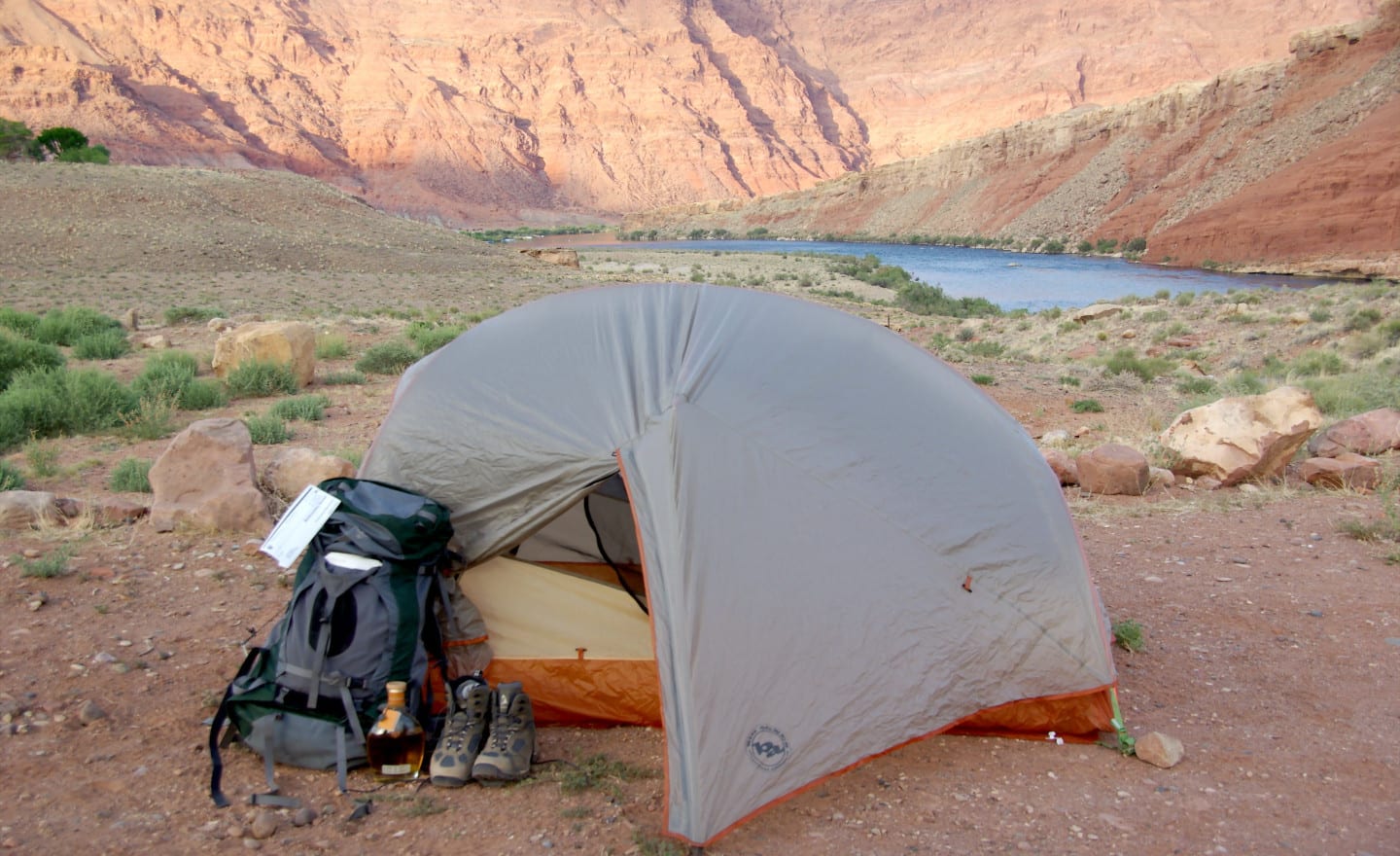
If picturesque Colorado beckons you with its incredible nature and challenging paths, our list of travel hints will be helpful when preparing for this unforgettable trip. Unpredictable and erratic, the state is constantly surprising visitors with rapid weather changes and its bipolarity.
So, to properly enjoy everything that Colorado has to offer, follow the Scout motto “Be Prepared!” and take at least a week or two to explore it.
1. Decide When And Where To Travel
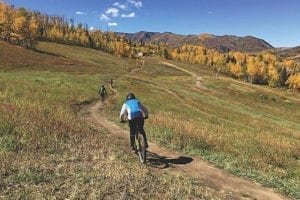
Thanks to the state’s climate diversity, you can choose from a great range of activities, including everything from snowboarding and whitewater rafting to camping and taking a scenic drive to the tourist attractions. Depending on what you pick, decide what season is more appropriate and research your costs.
If traveling without a guide, make sure you know where you’re going and how to get there, so mapping your route ahead of time would be a smart idea.
2. Make All Necessary Arrangements In Advance
Proper planning is the key to a successful trip, no matter where you go. Book the vacation and tickets, reserve the rental equipment, and confirm check-in time. If skiing or snowboarding – purchase your lift tickets beforehand, if driving – get directions or check them on your GPS device and make sure that all car maintenance is done, as well as the registration and insurance.
3. Pack Like For the Beach and the Mountains
Sunscreen, hat, and sunglasses or goggles – these three items will help you tremendously while you’re in Colorado. With a reputed 300 days of sunshine per year, they don’t seem so weird even though you’re coming during colder months. SPF 30 and a pair of sunglasses do make a life-changing difference indeed.
However, always bring layers and be prepared for winter weather. Snow and adverse conditions can come at any time including the height of summer.
4. Clothing Issues
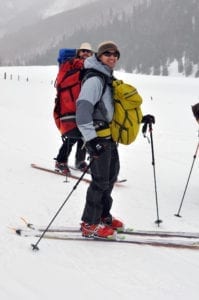
Choose comfort over fashion, bearing the variety of elevation and, eventually, the weather conditions in mind. That’s why the more multipurpose your outfit is, the better. Don’t underestimate the importance of layering up and packing clothes for all four seasons, as sudden temperature shifts are highly likely. In winter, try layers of breathable but warm clothing: sweatshirts, long-sleeved T-shirts, long underwear, waterproof pants, and coats.
Also, you can easily adjust to the changing weather and save space in the suitcase with such universal items as pants that zip off into shorts, swim trunks that can be worn as a pair of shorts, and walking shoes that look good enough for a party or dinner.
Don’t forget about comfy footwear that can cover mileage – an essential in Colorado, whether you’re gonna camping, hiking, biking, rafting, or just wandering around outdoors.
5. Moisturizing & Other Must-Haves
Another important issue you should get ready for is Colorado’s dry climate. If you’re not used to it, pack a moisturizer, a lip balm, and a water bottle by all means.
Also, be prepared to deal with altitude sickness or at least to treat the symptoms, which may include a headache, nausea, sleep disturbances, and decreased appetite.
Check all traveling must-haves like your phone, earphones, snacks, bug spray, and so on to make your vacation as trouble-free as possible.
6. Be Adventurous!
When discovering new places in Colorado, plan some extra days for unexpected stops at some incredible attractions along your way, don’t feel married to your route. Follow our tips, make it a journey of a lifetime, and enjoy the majestic beauty of the world around you.
